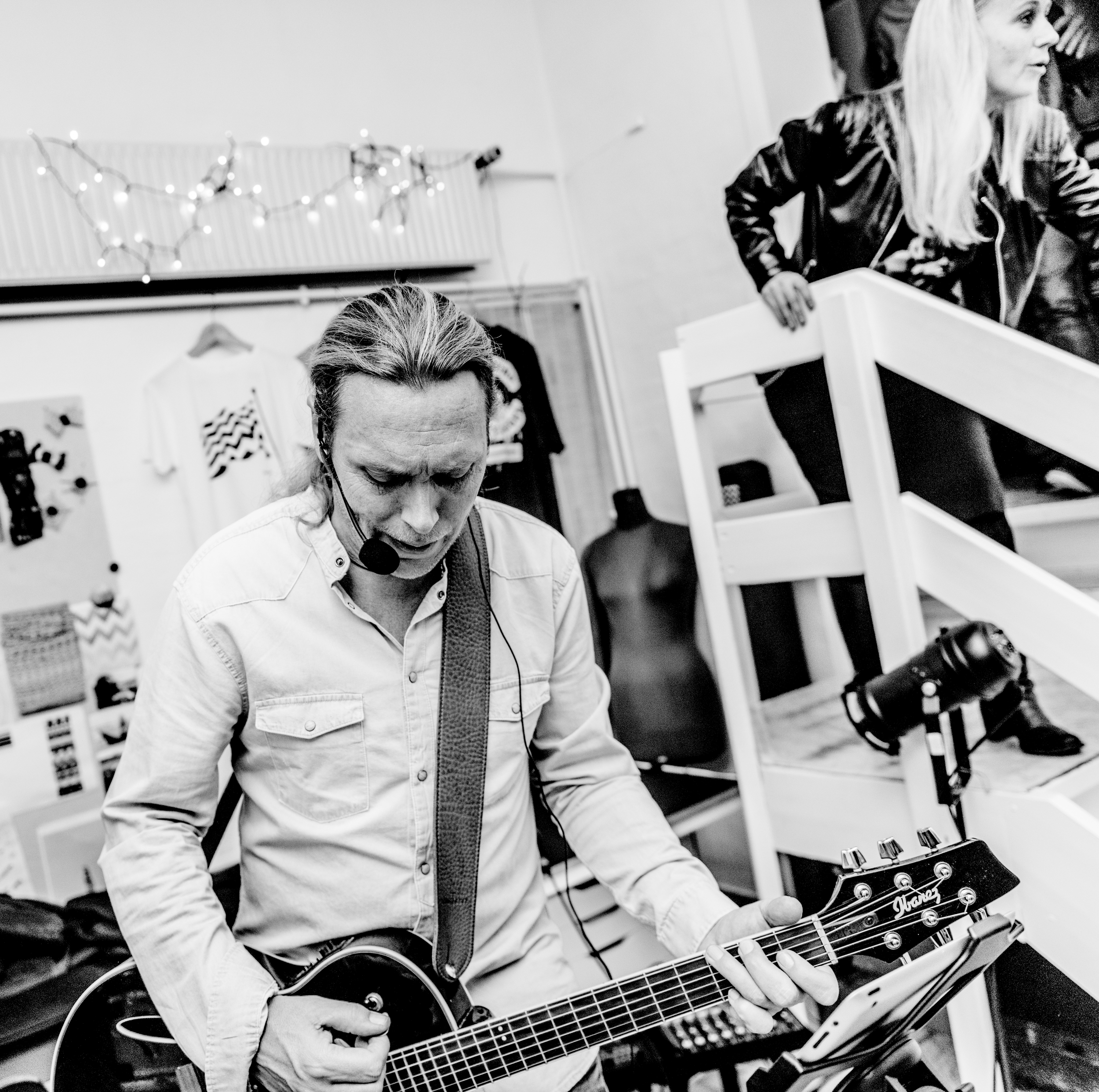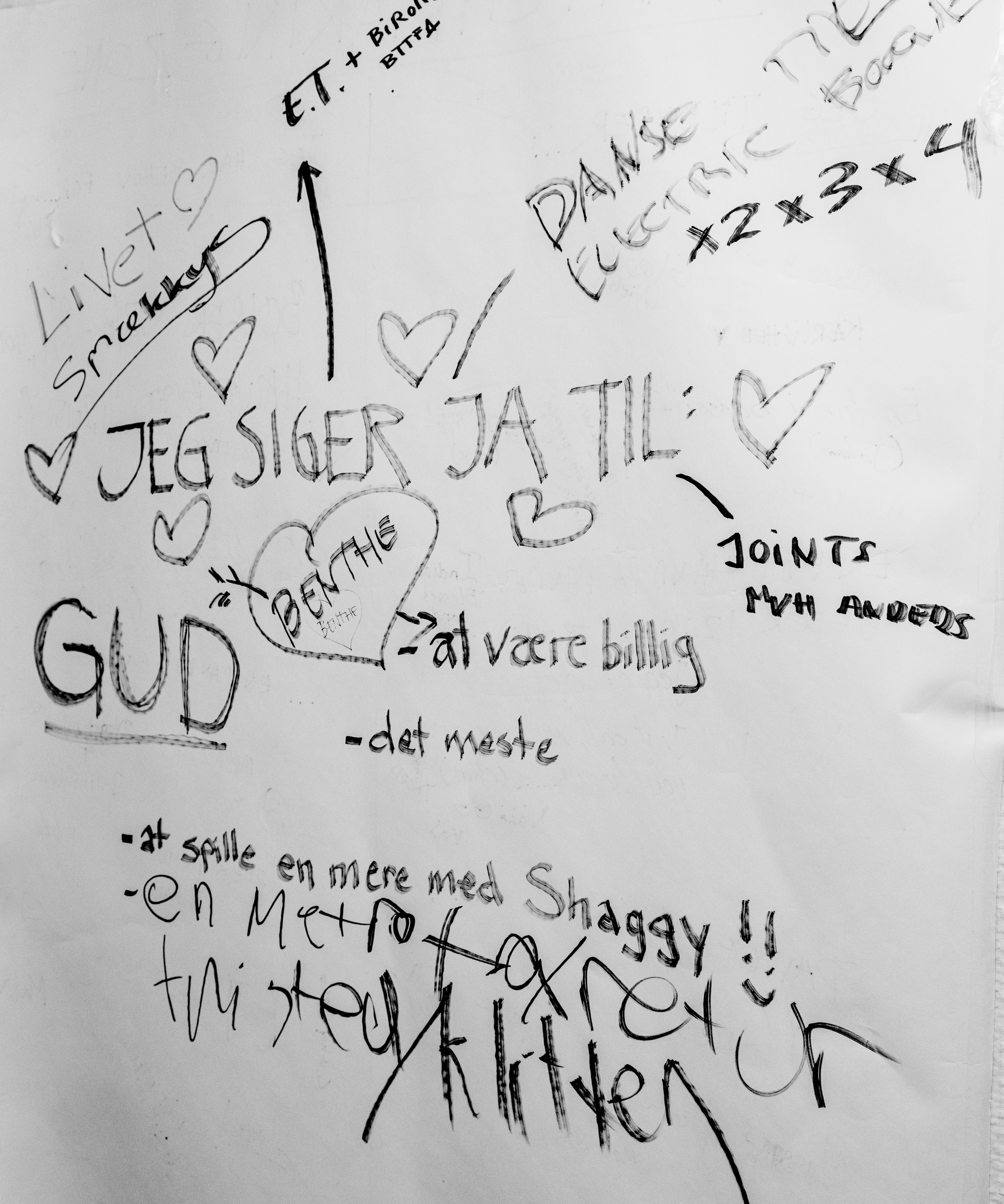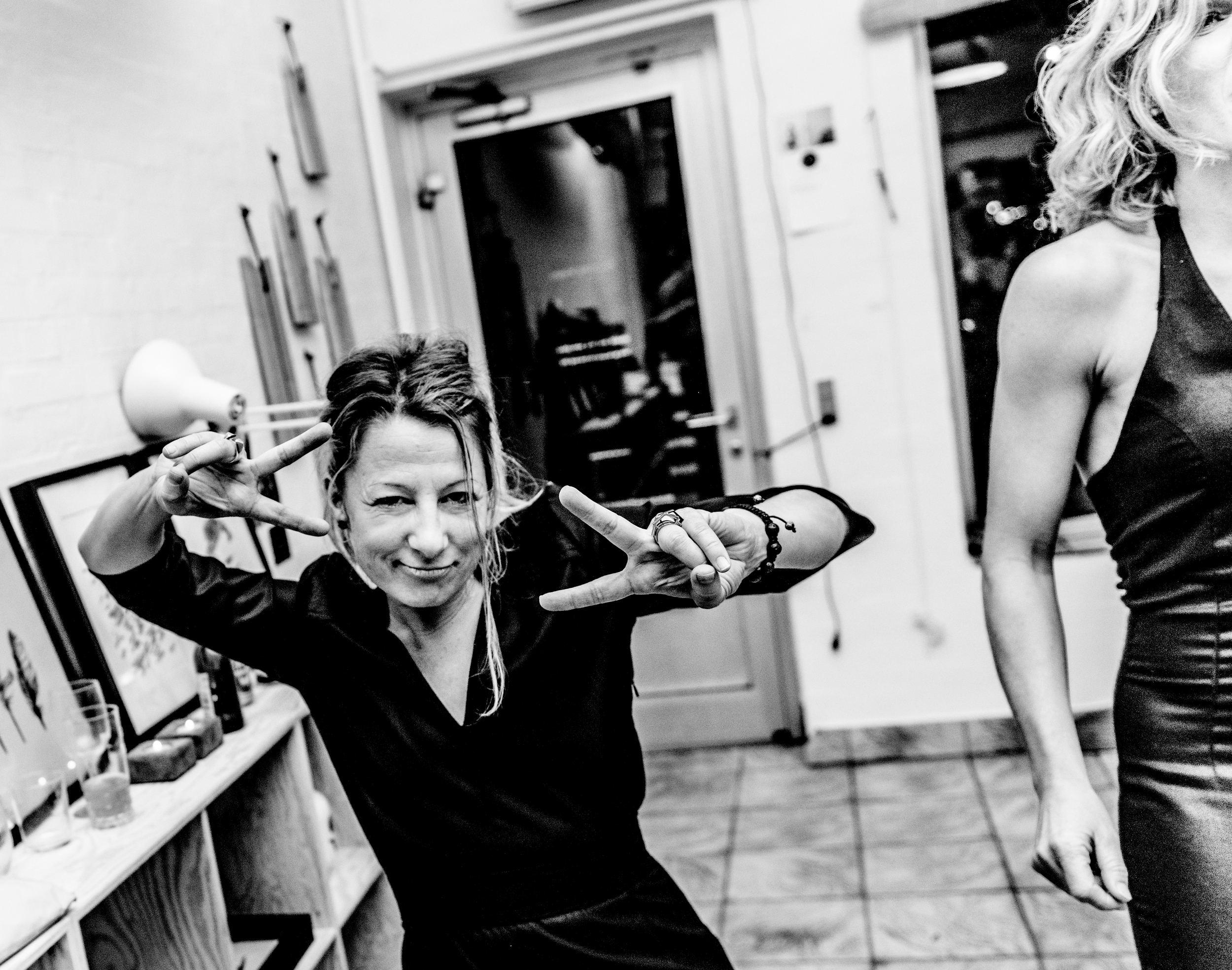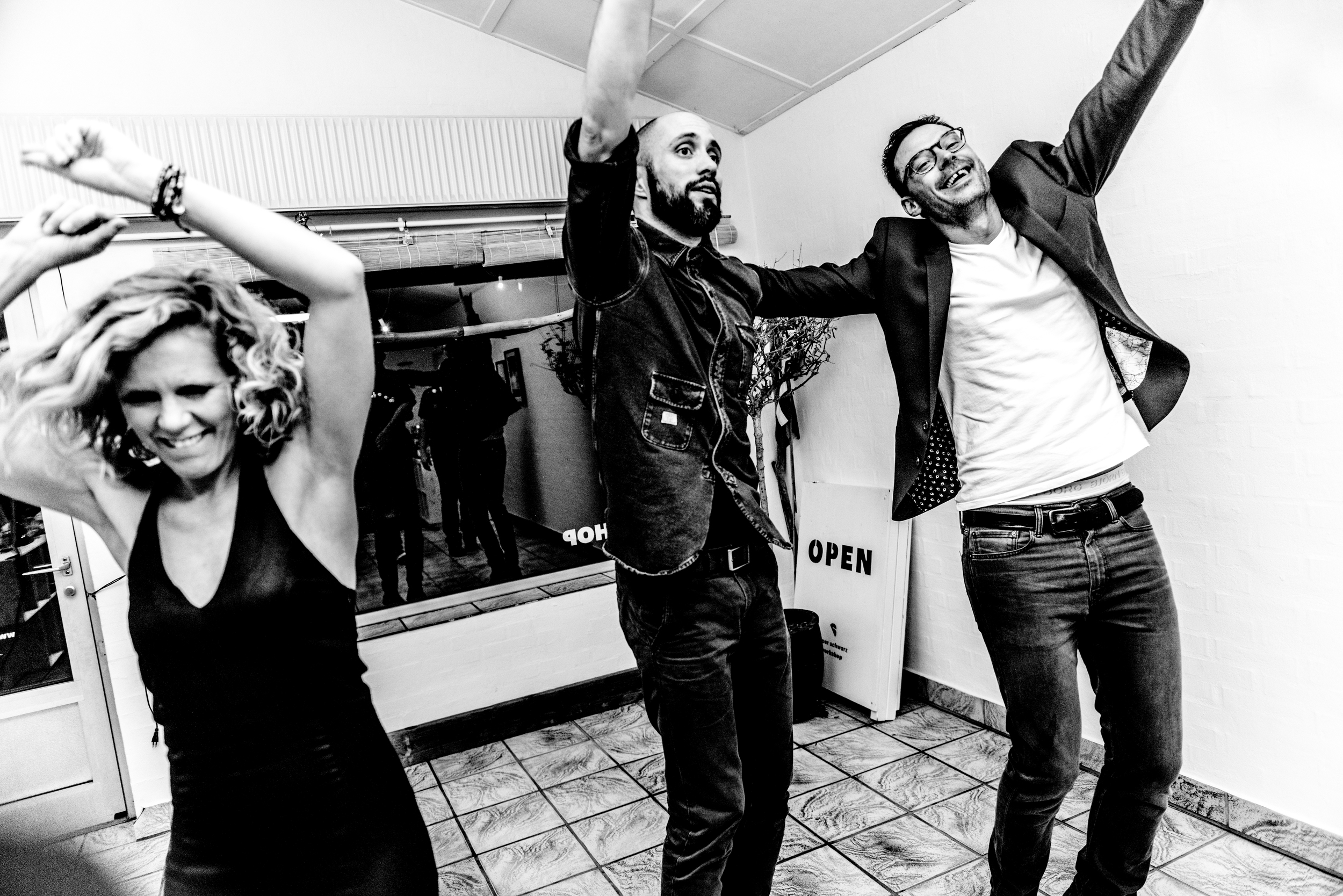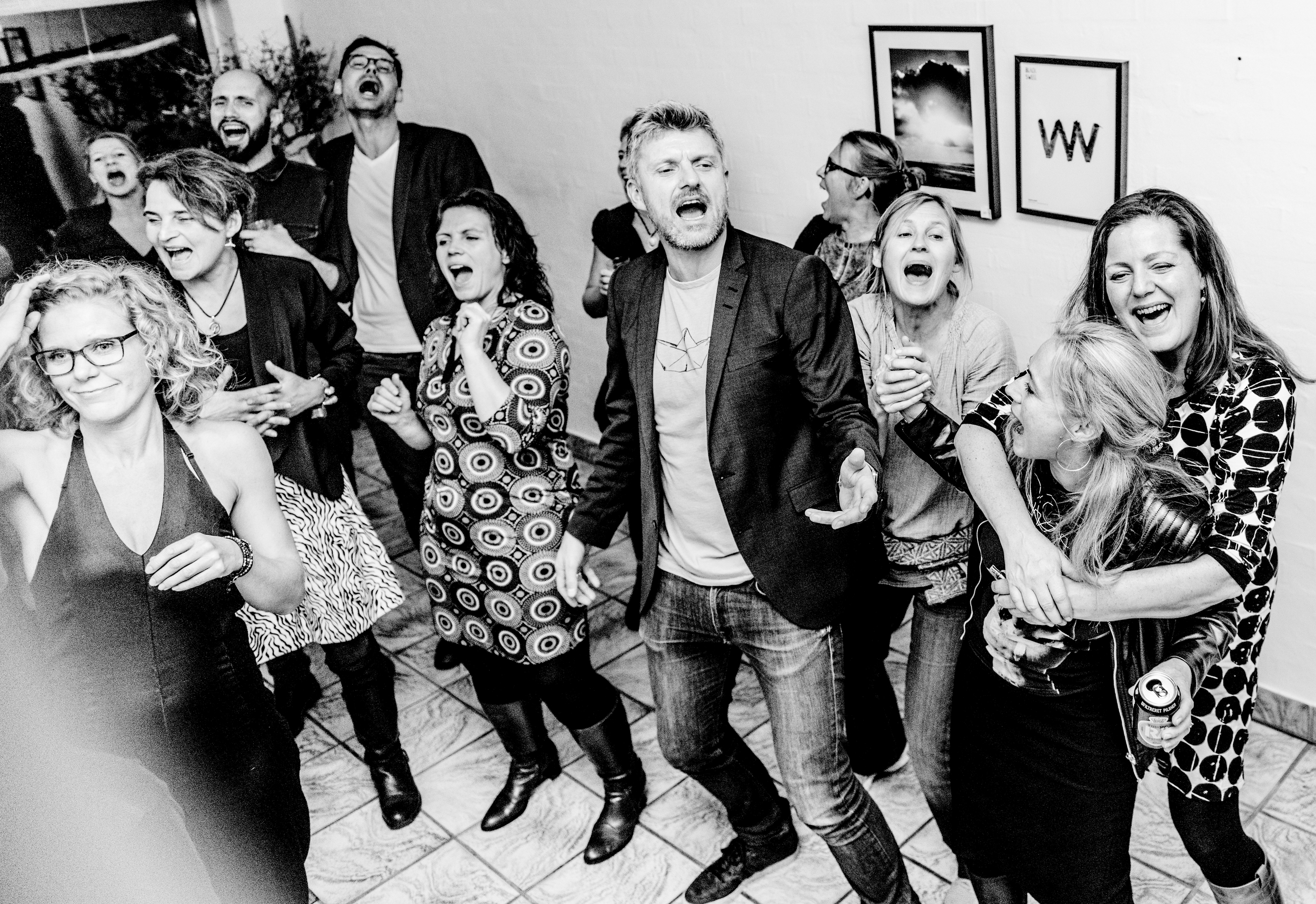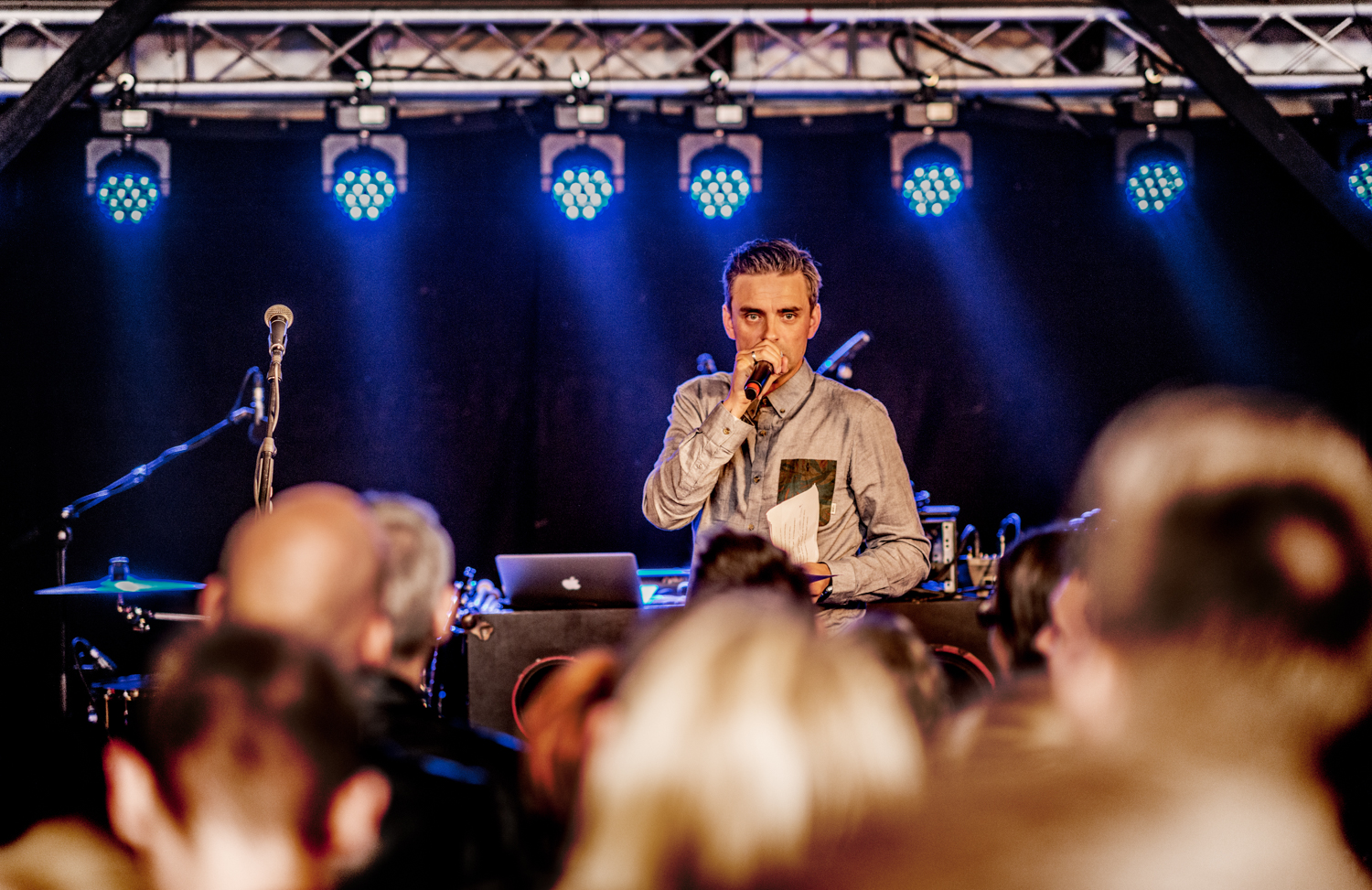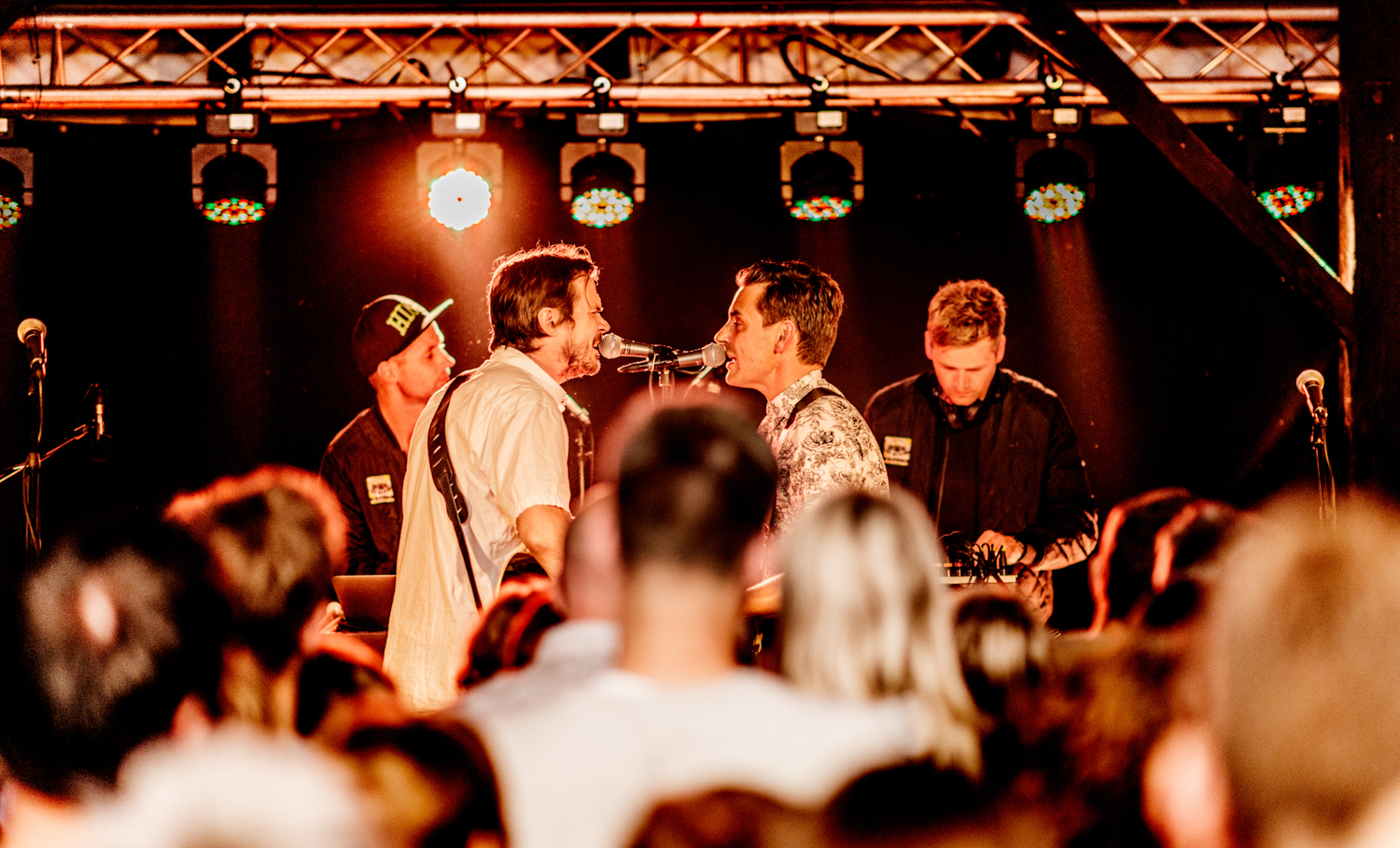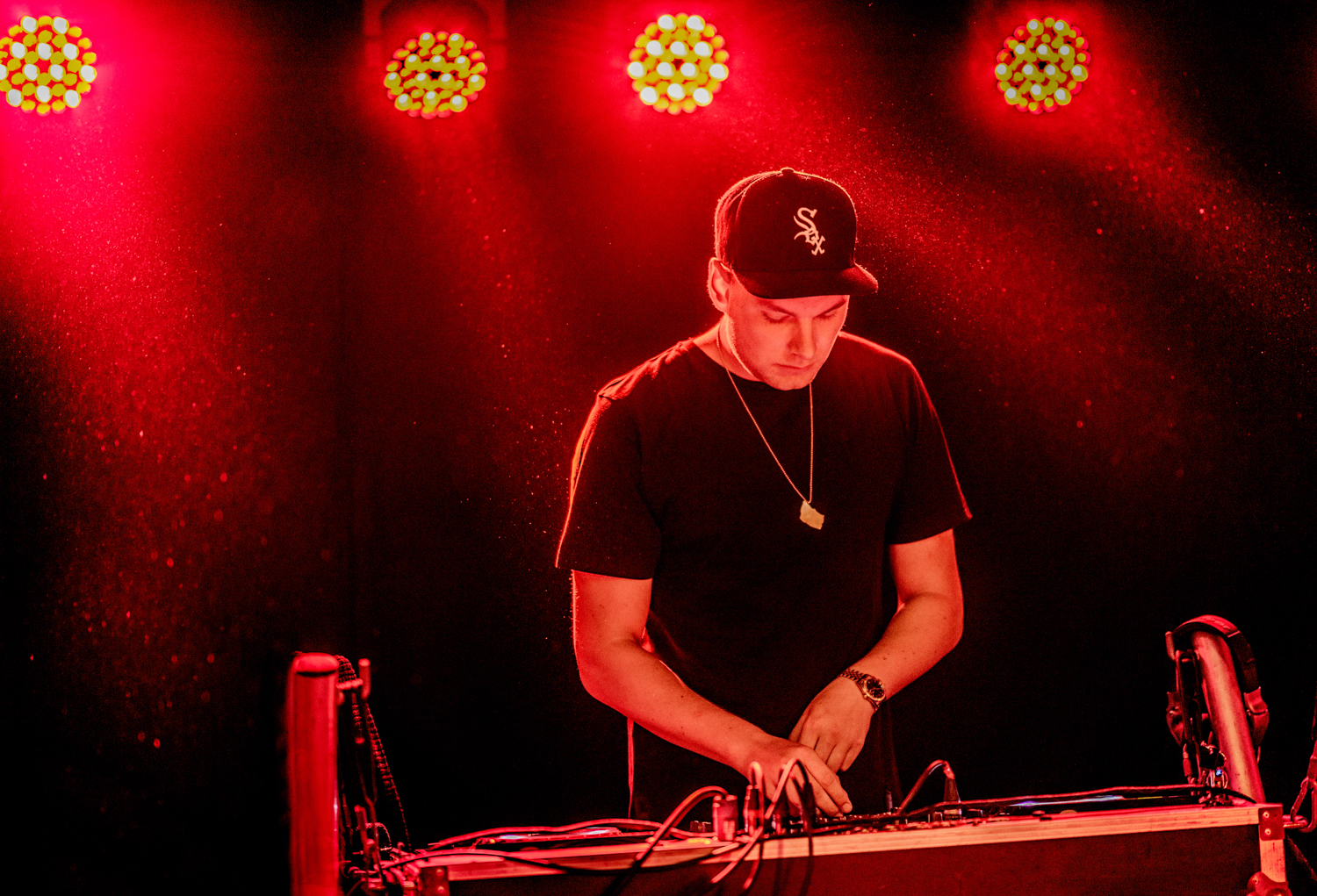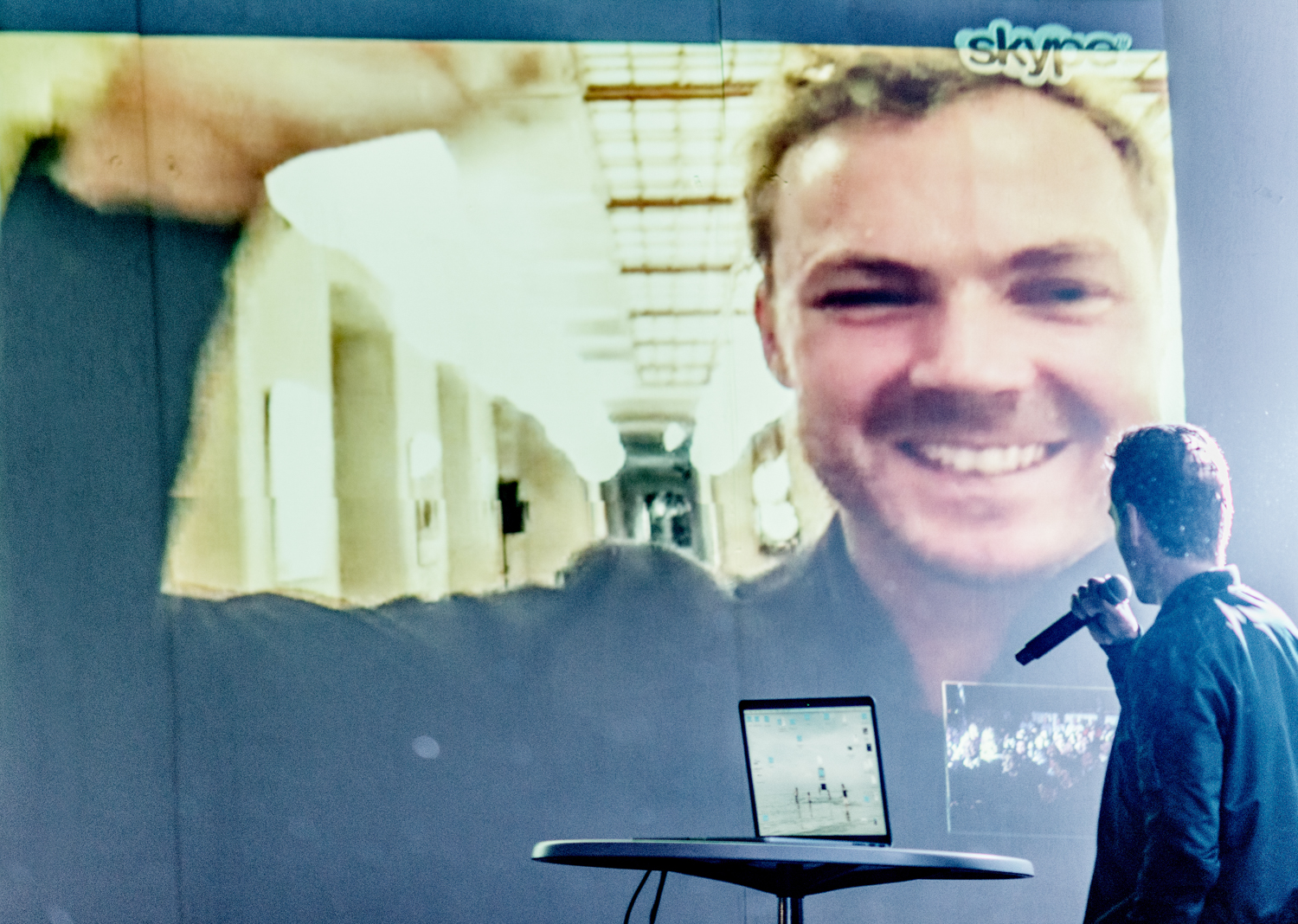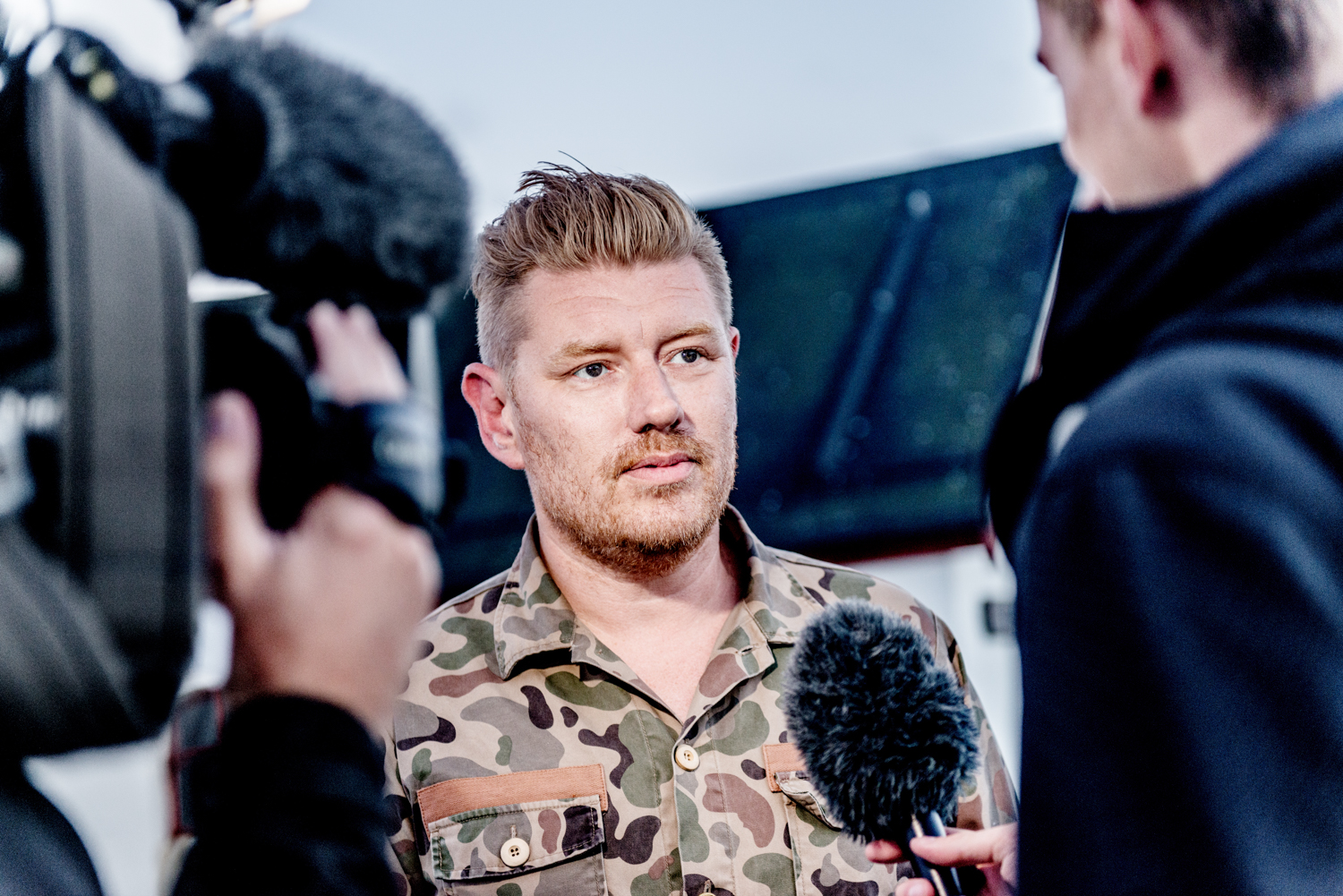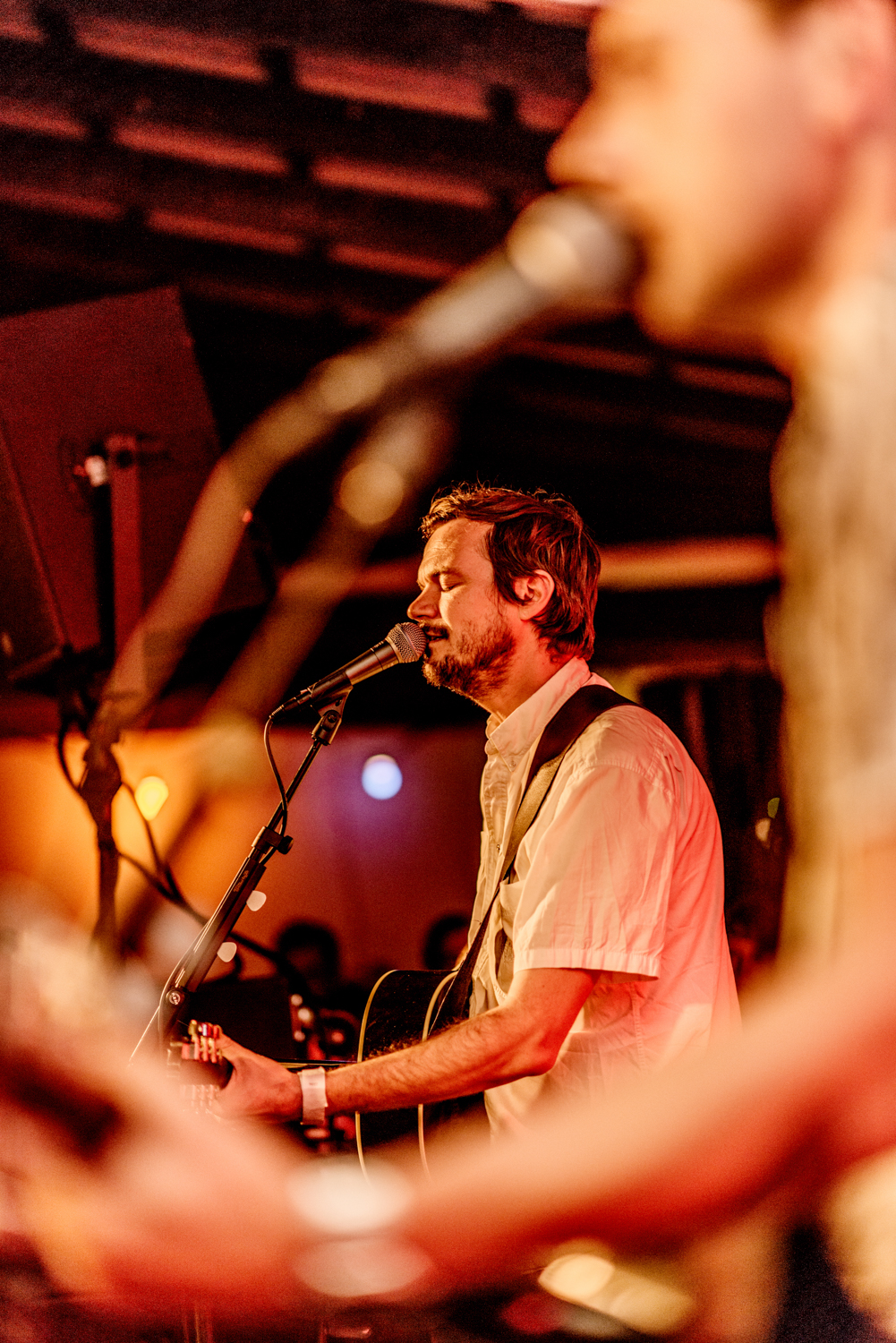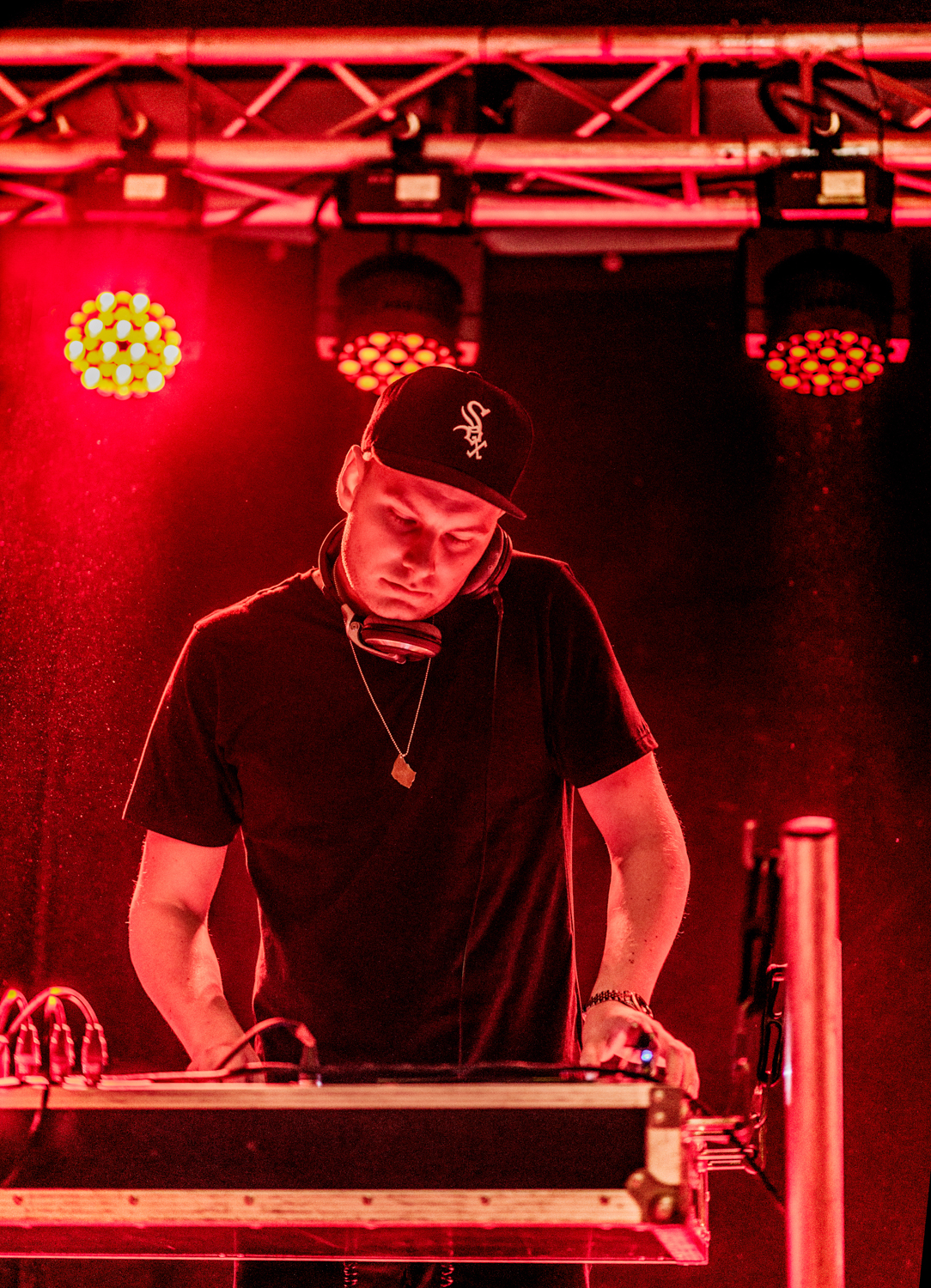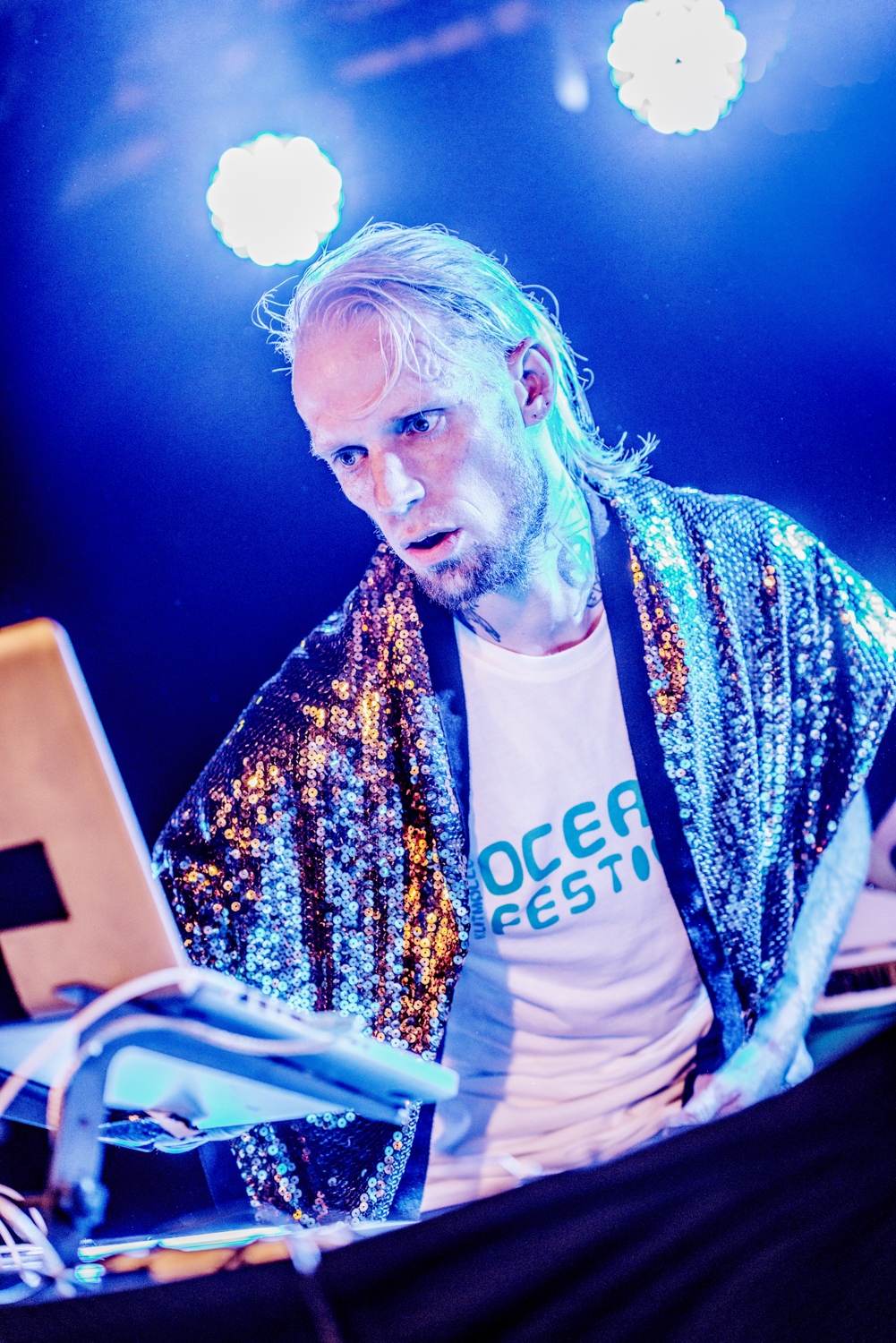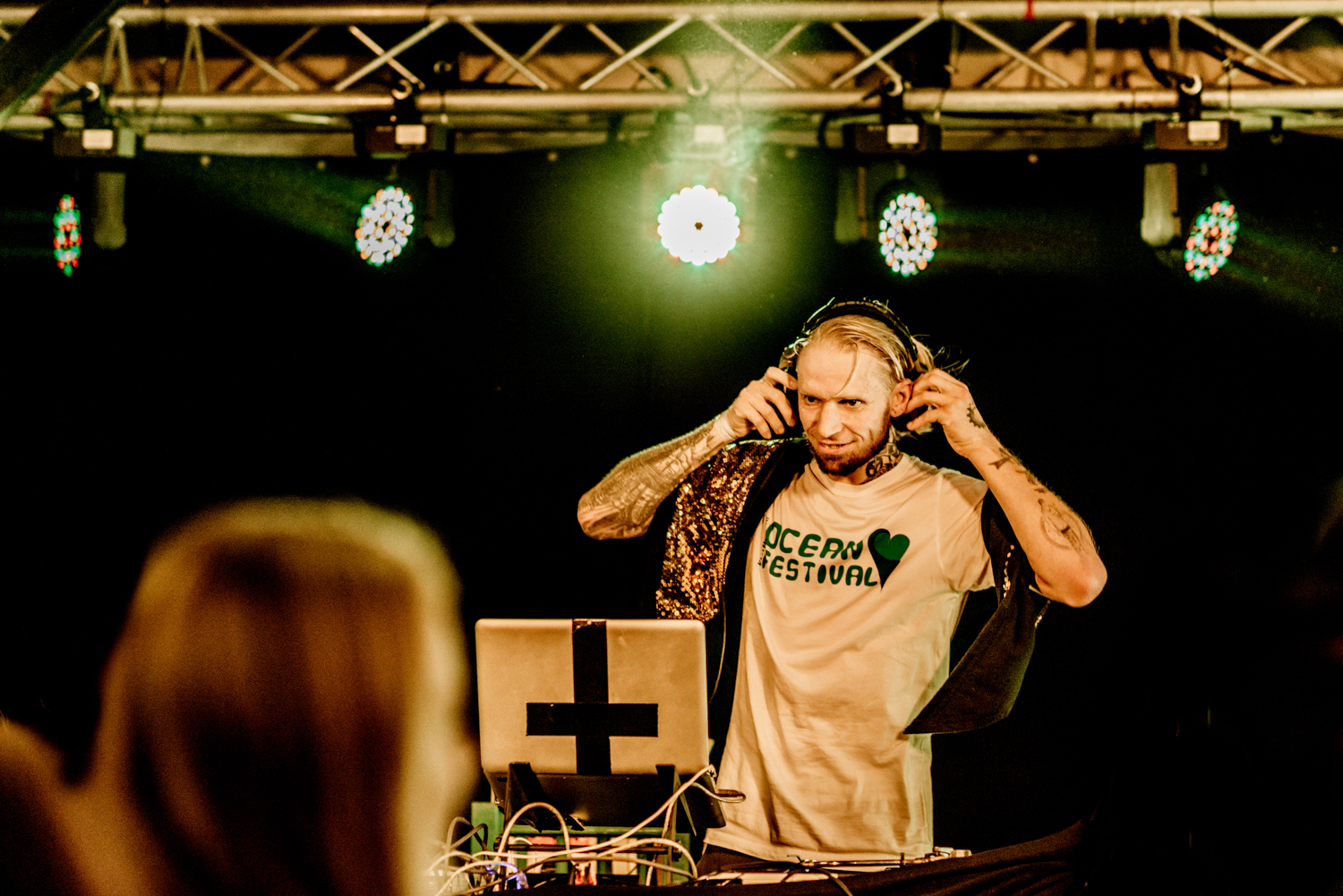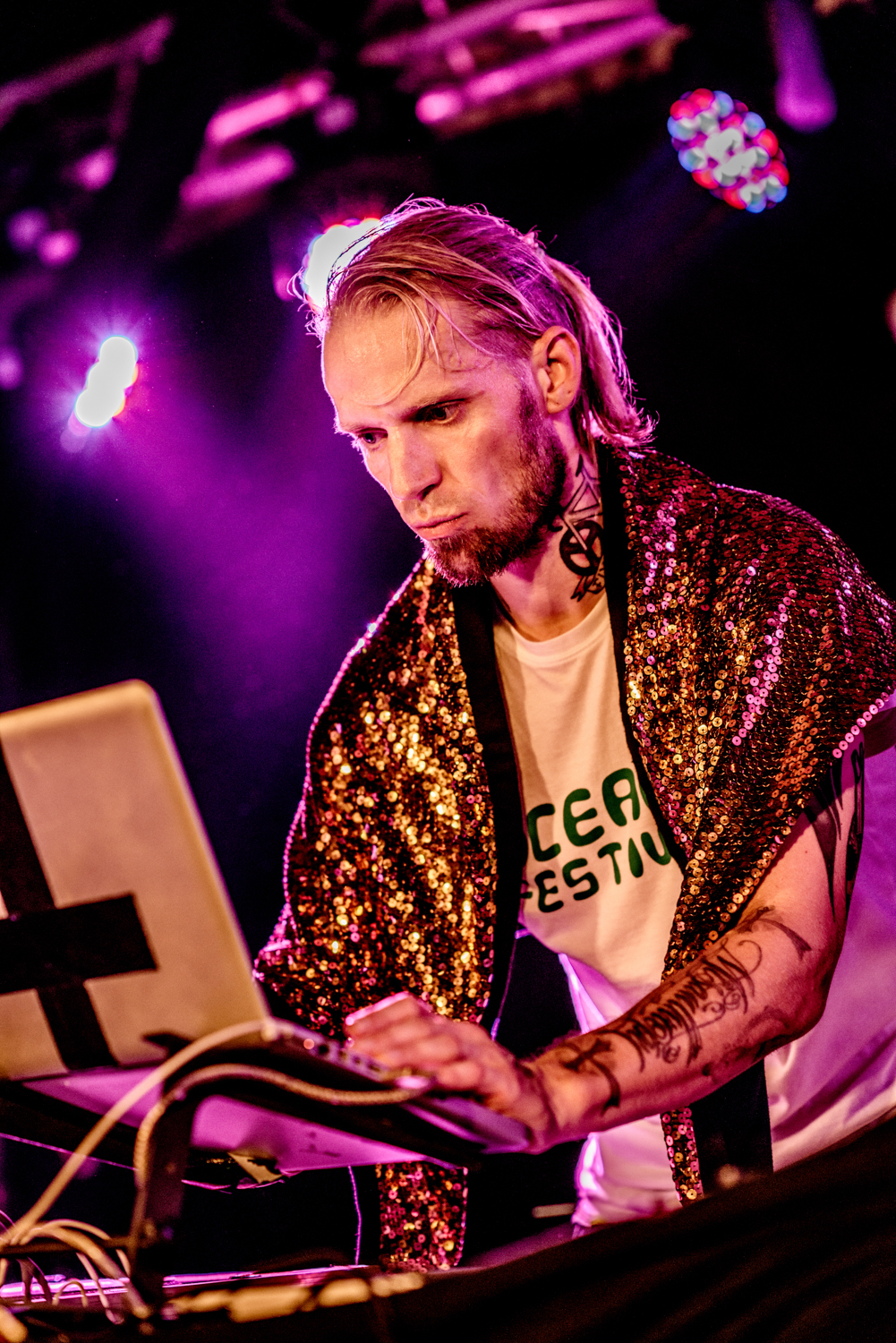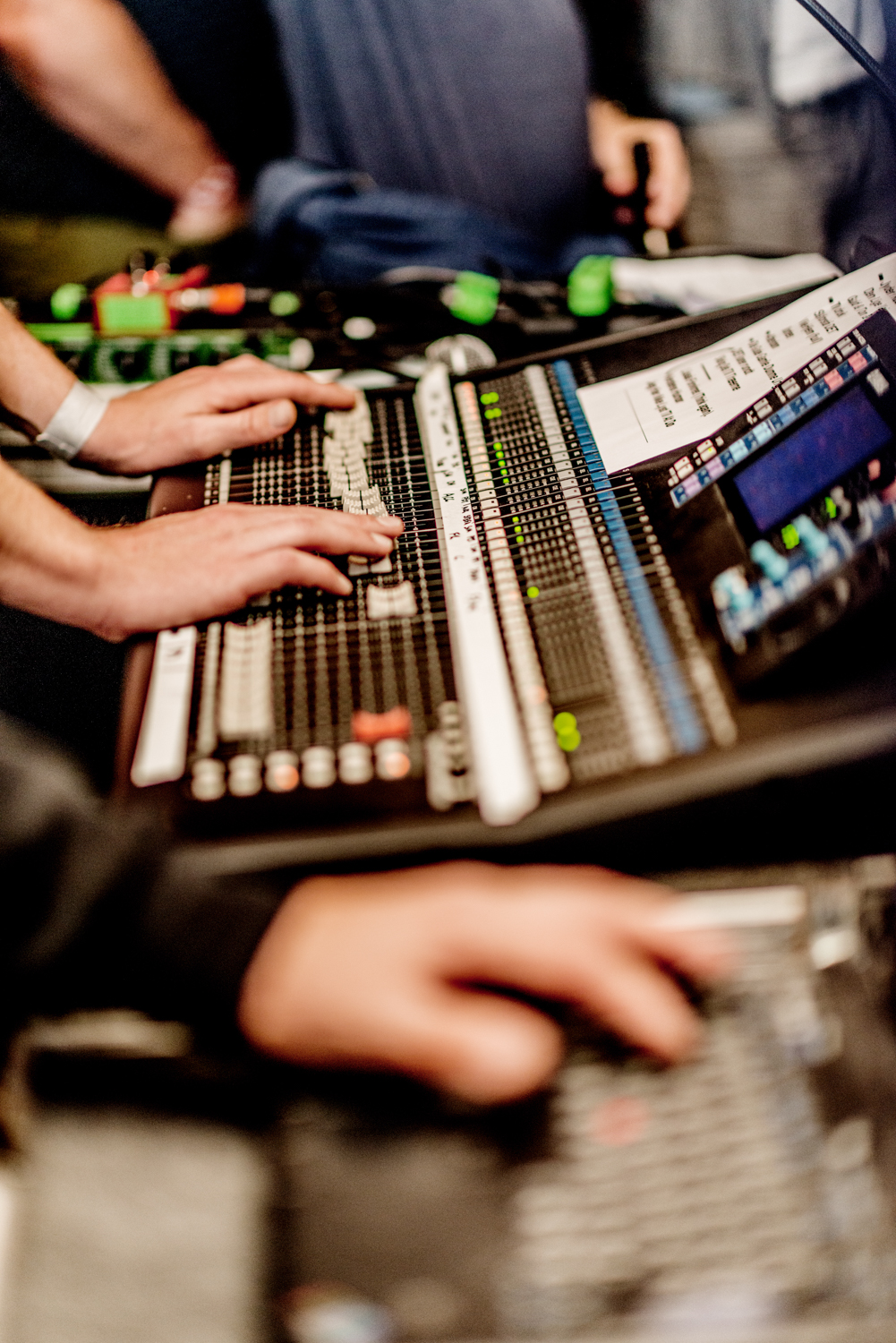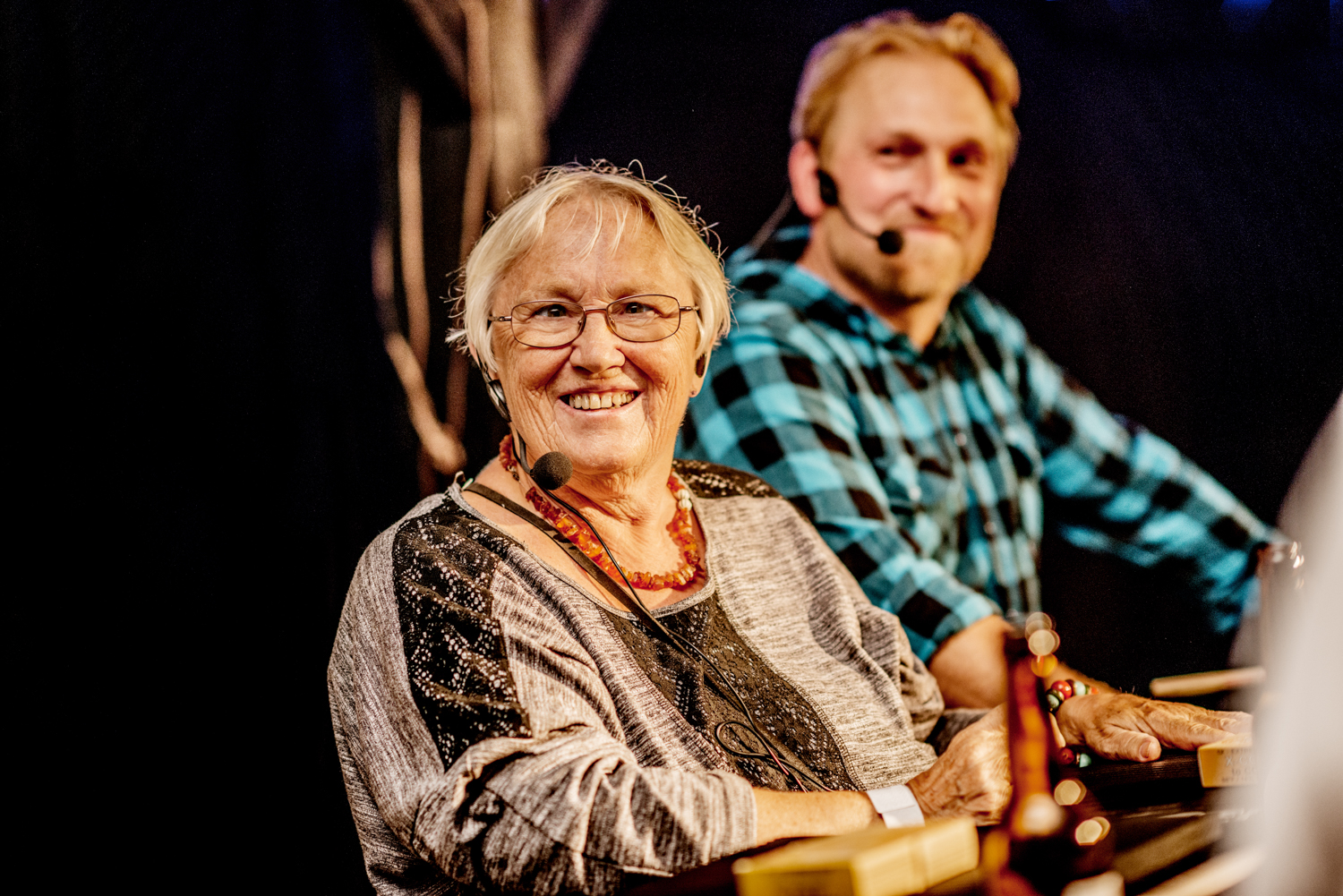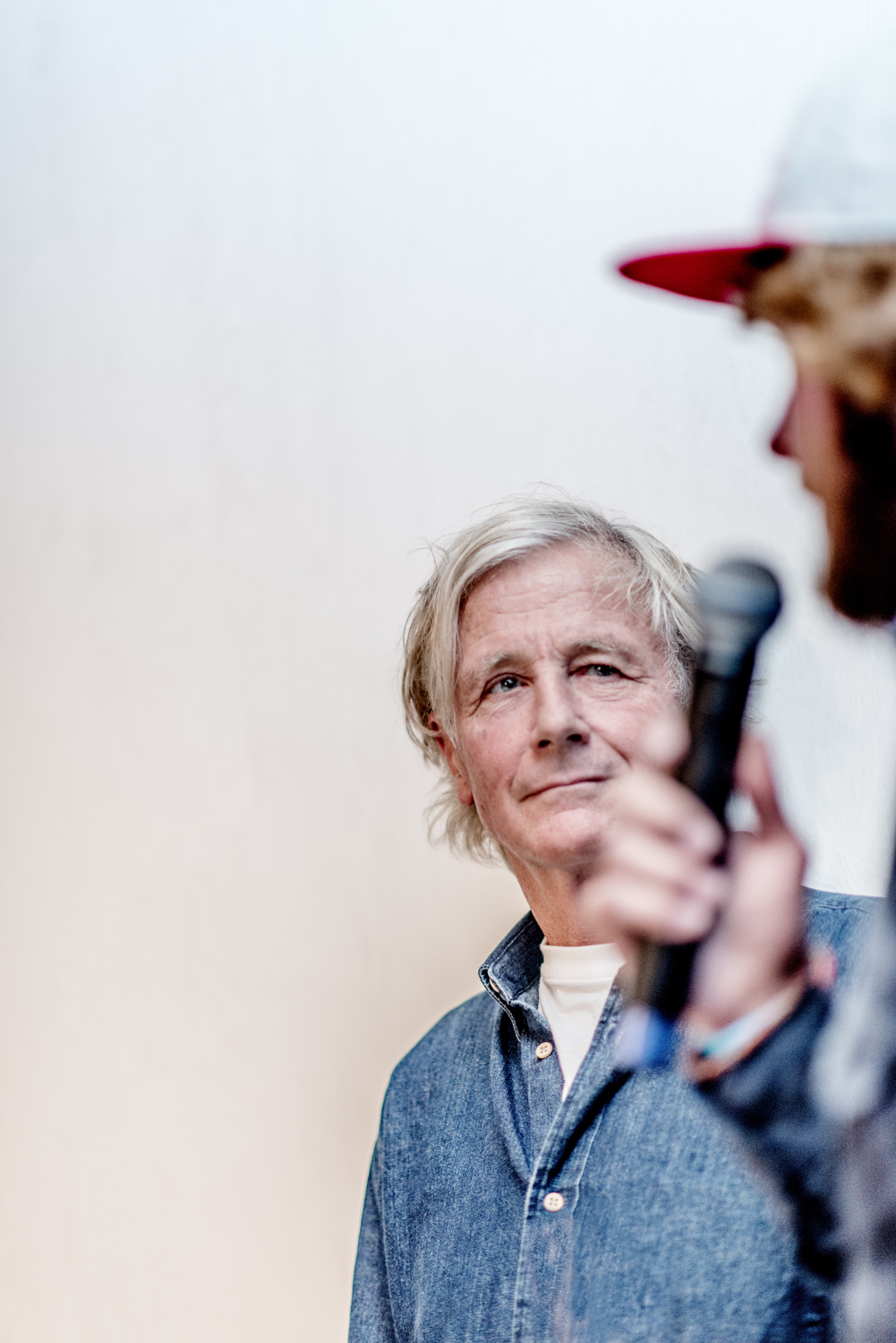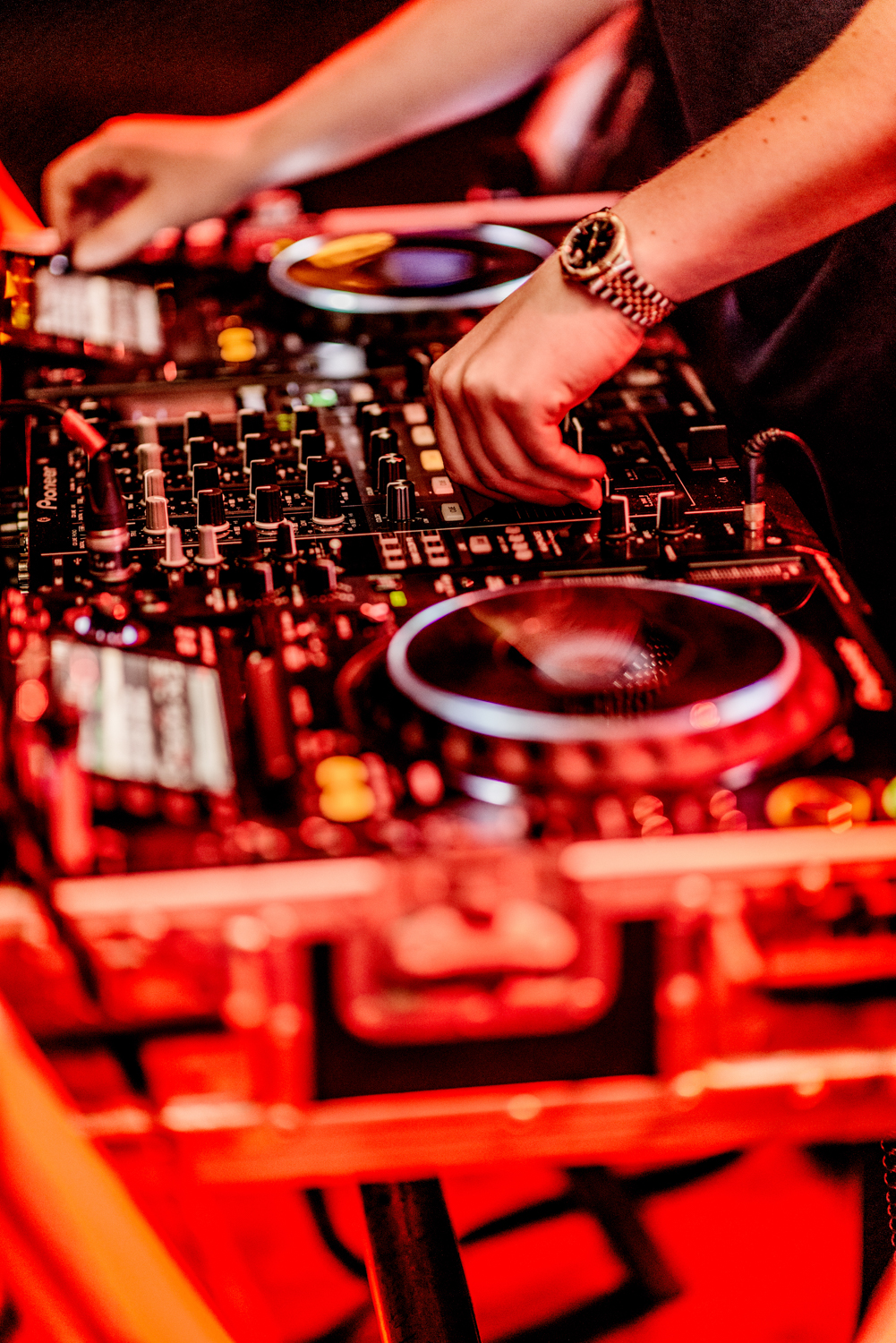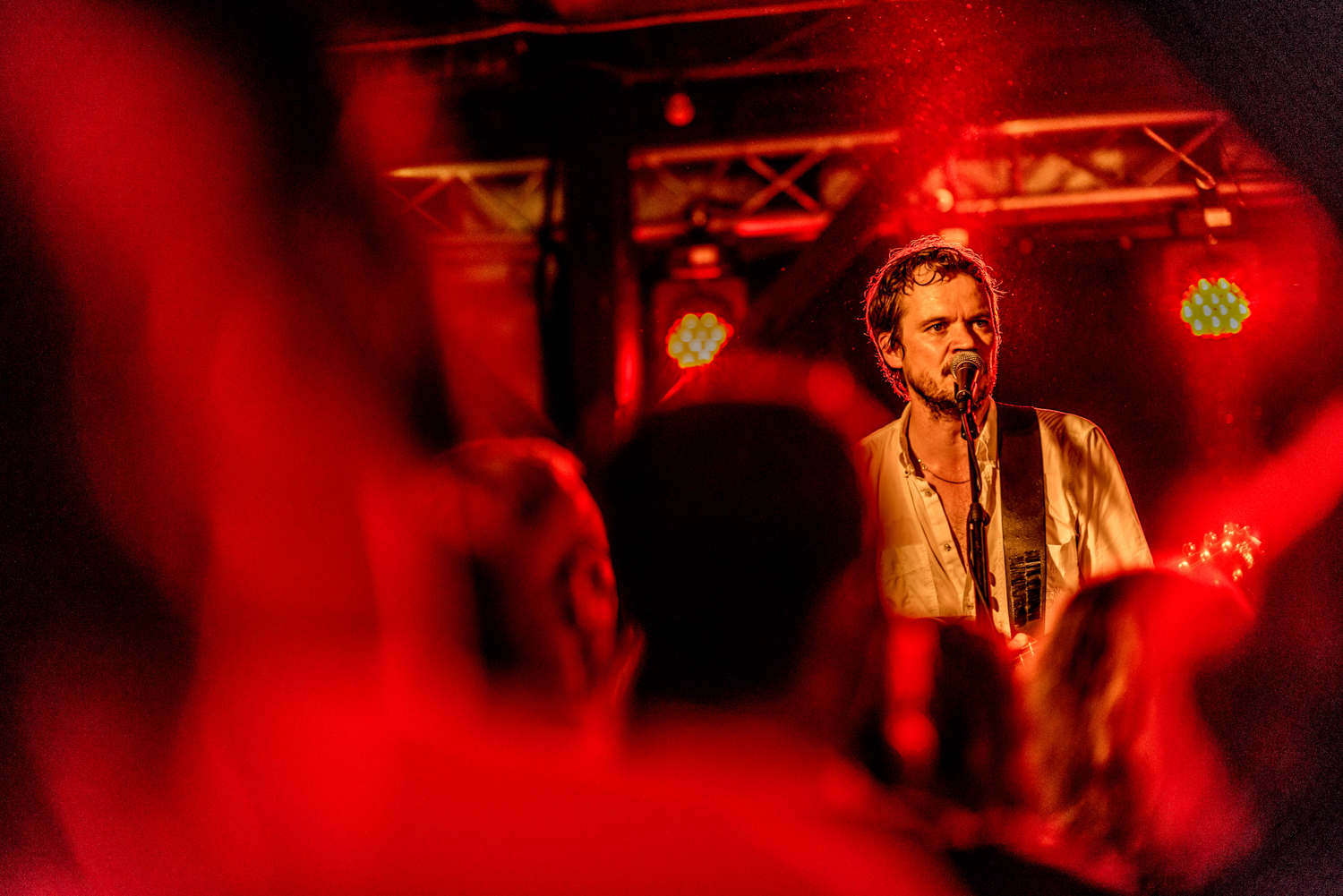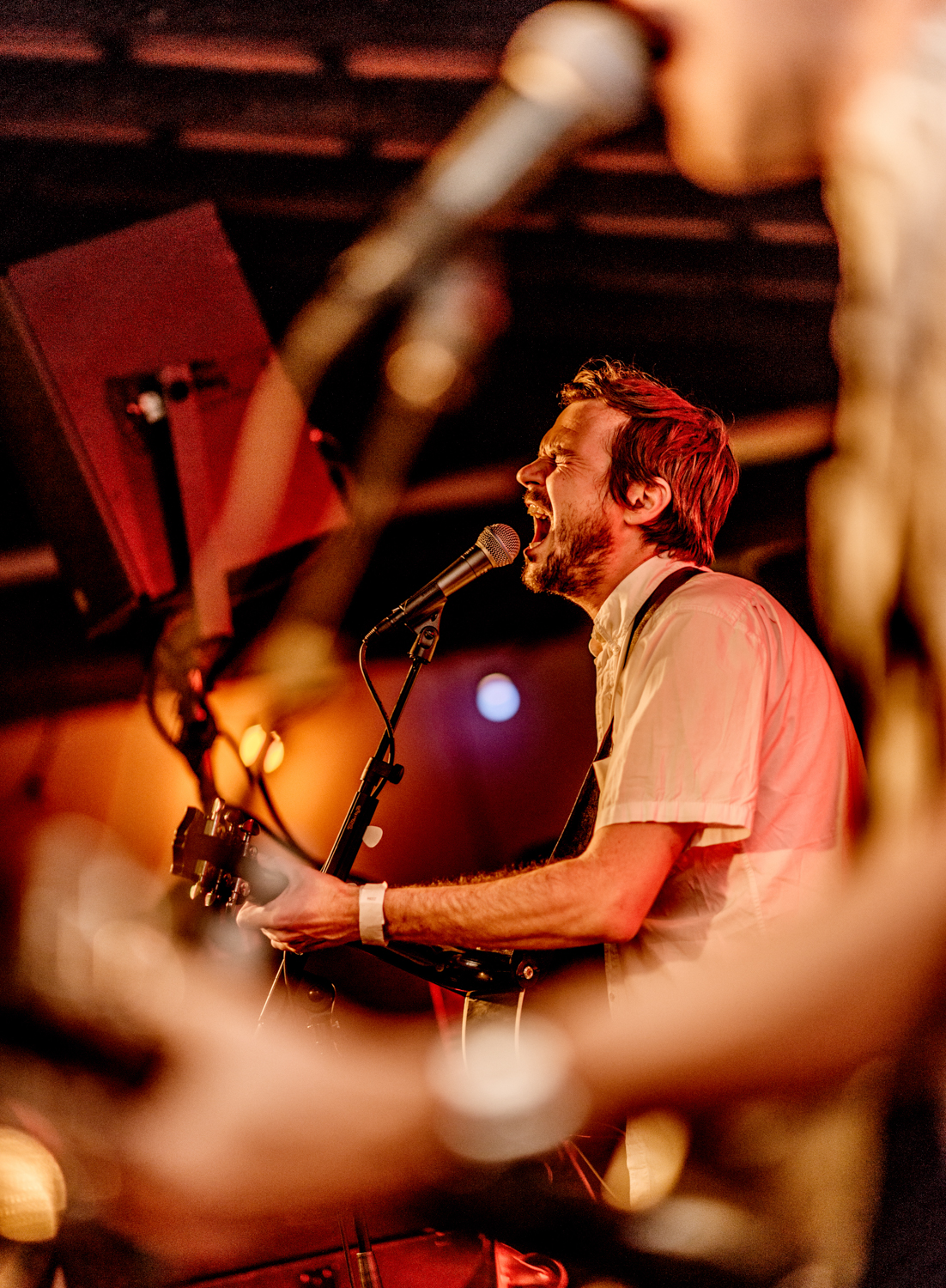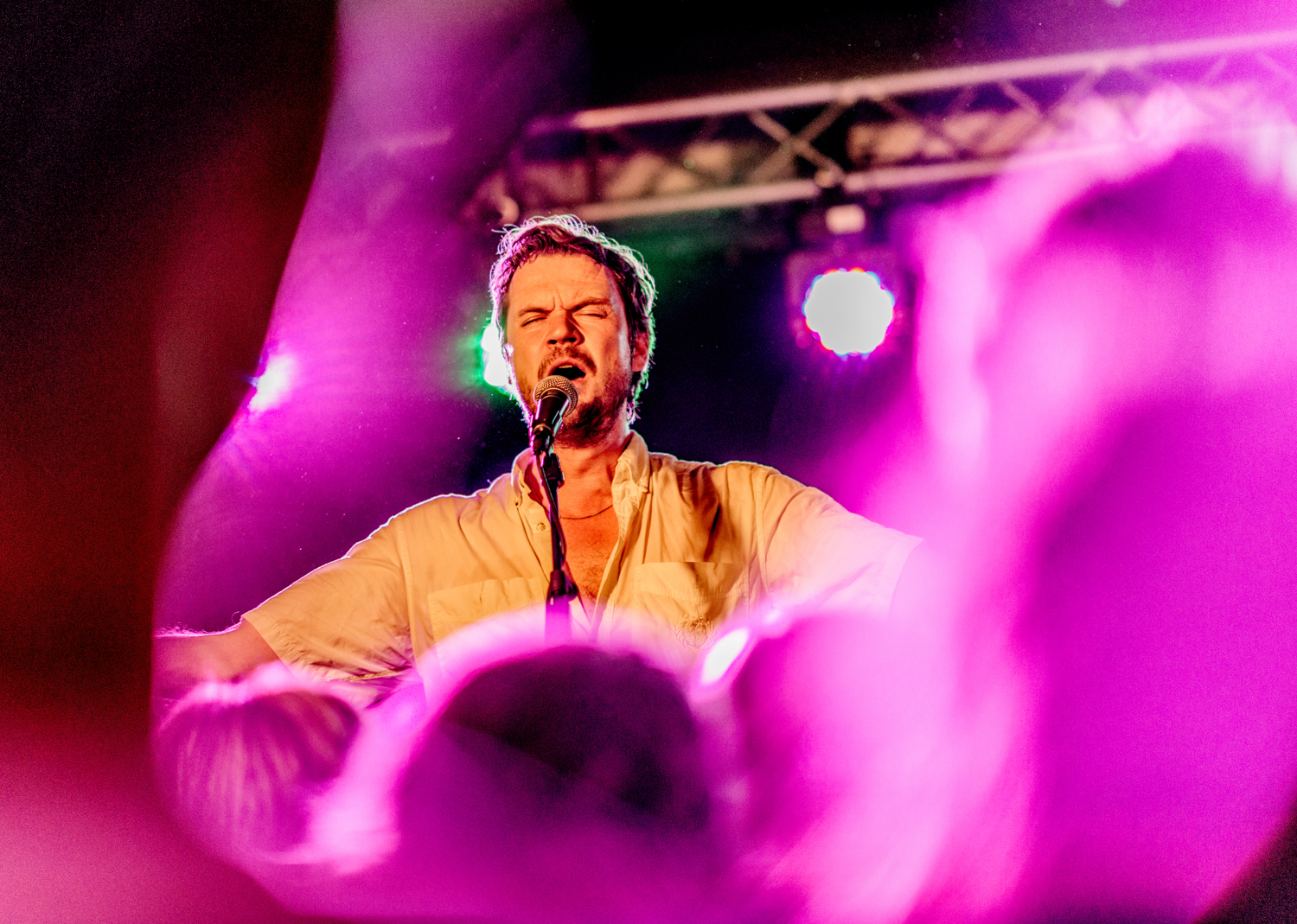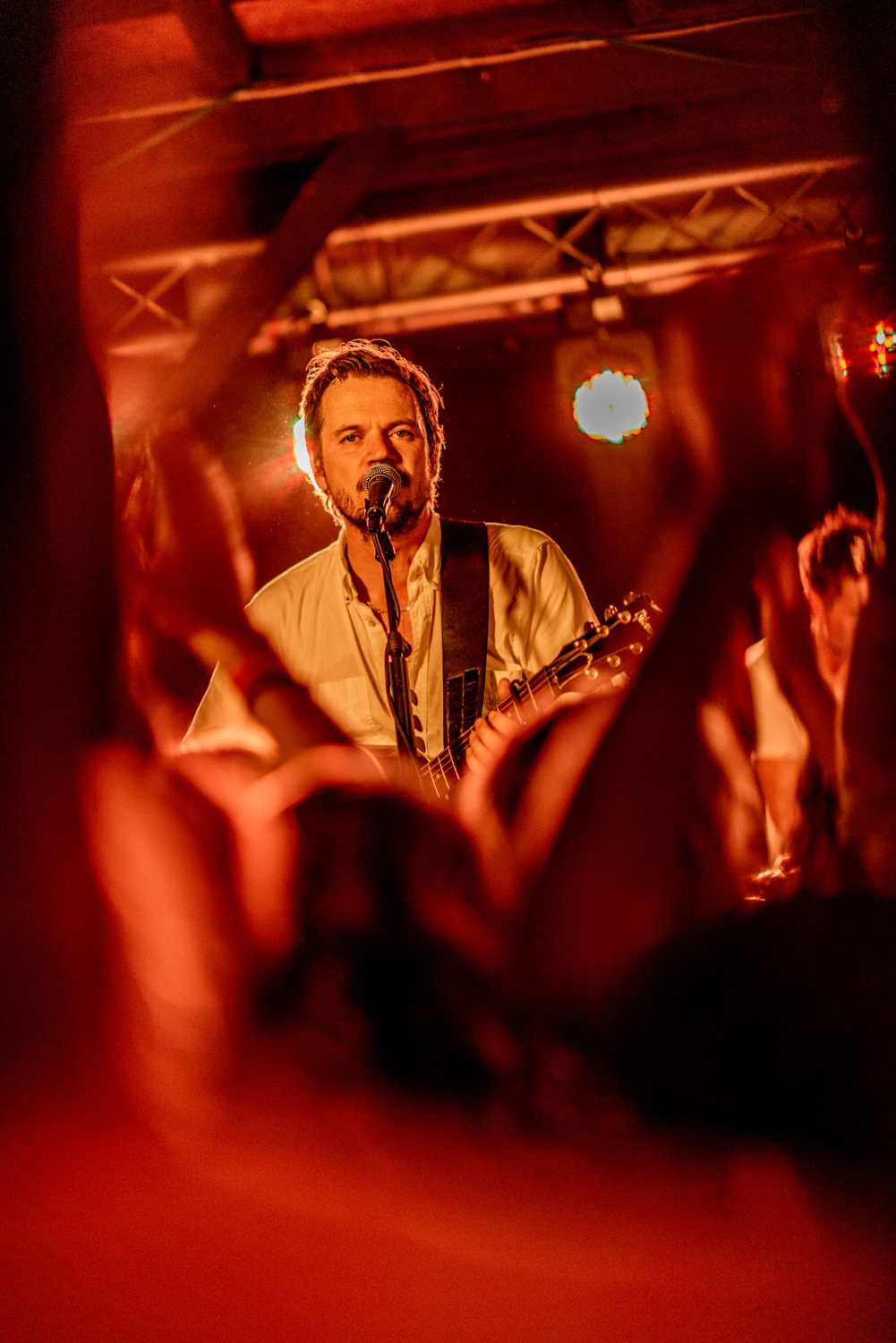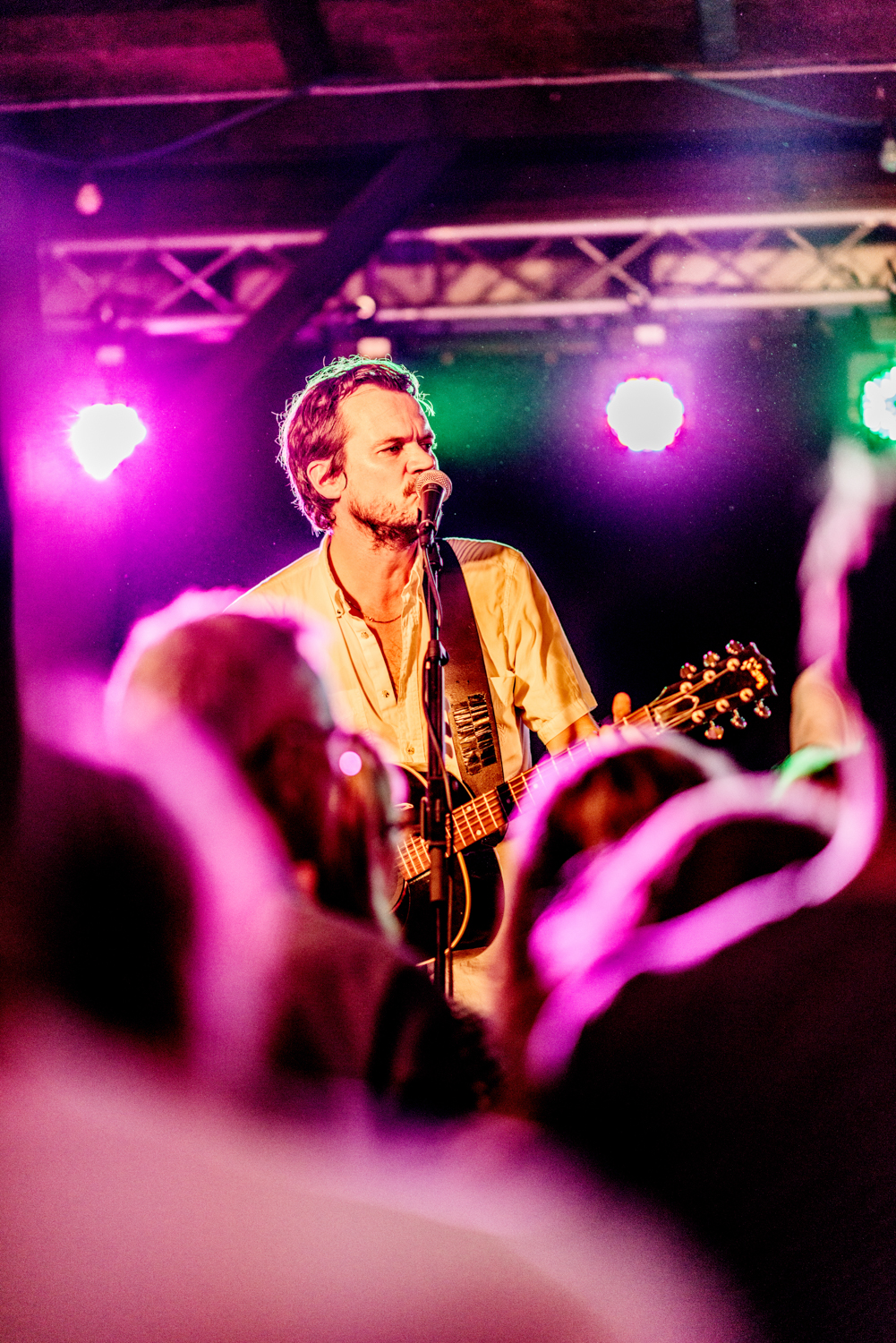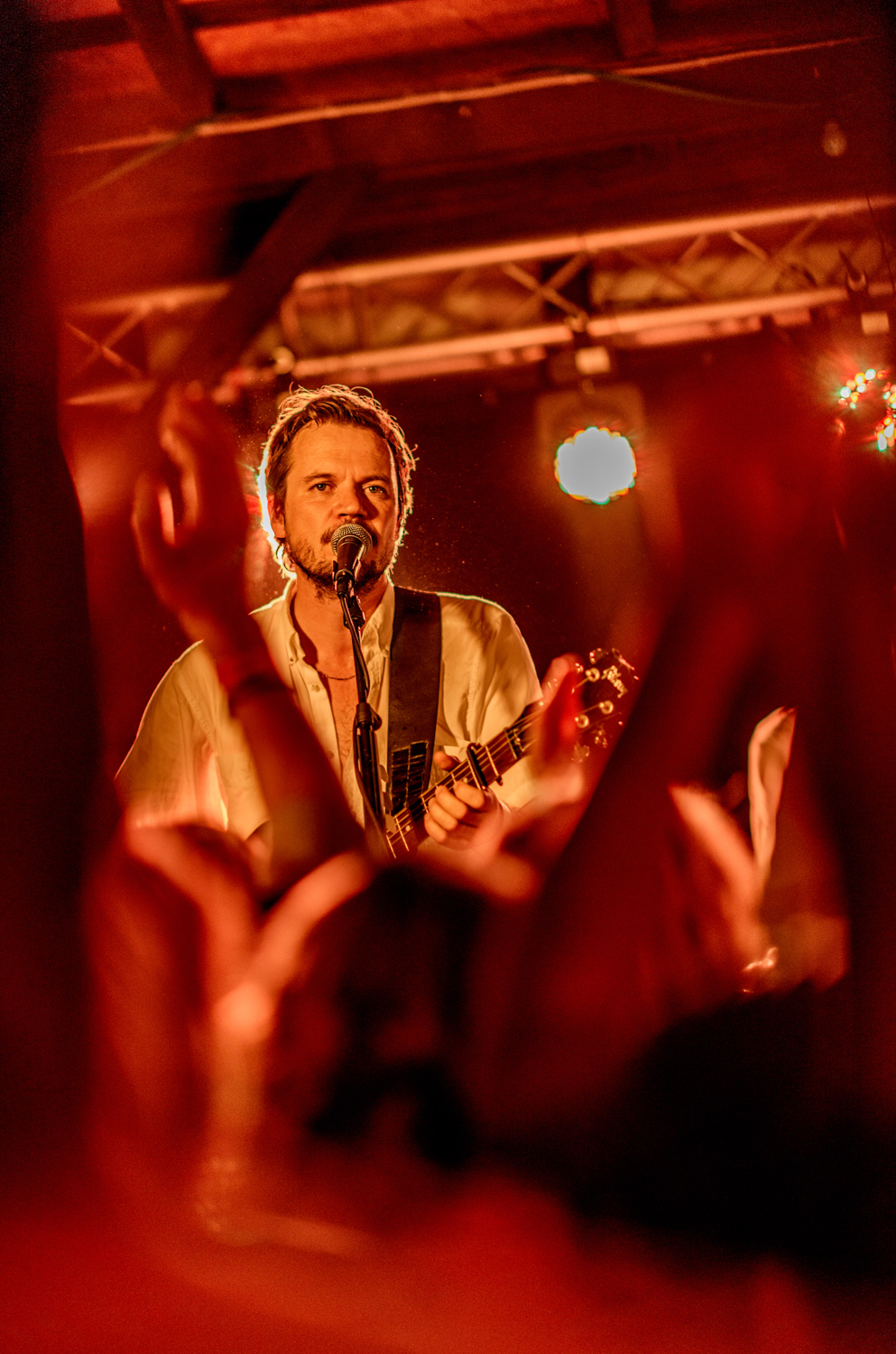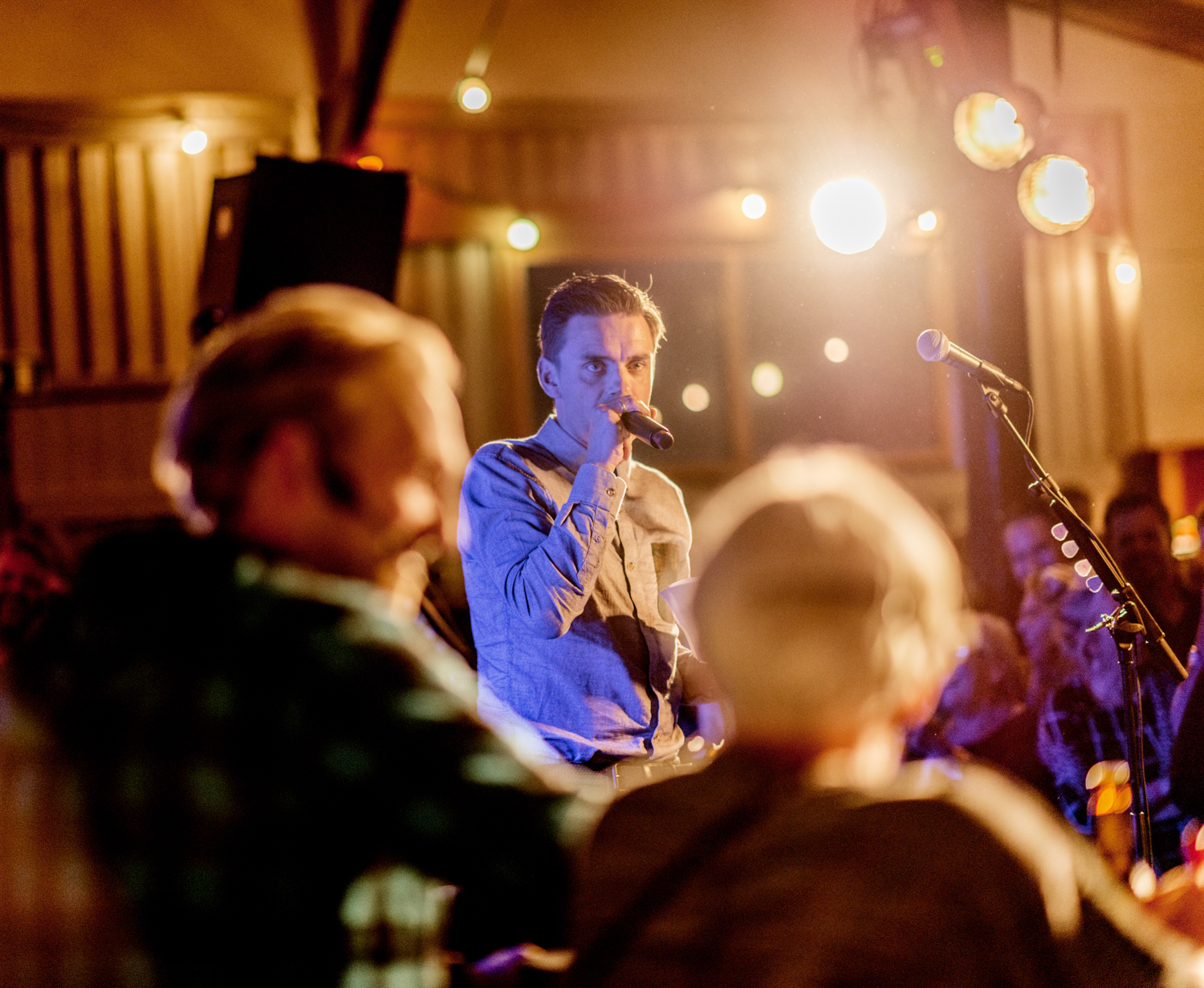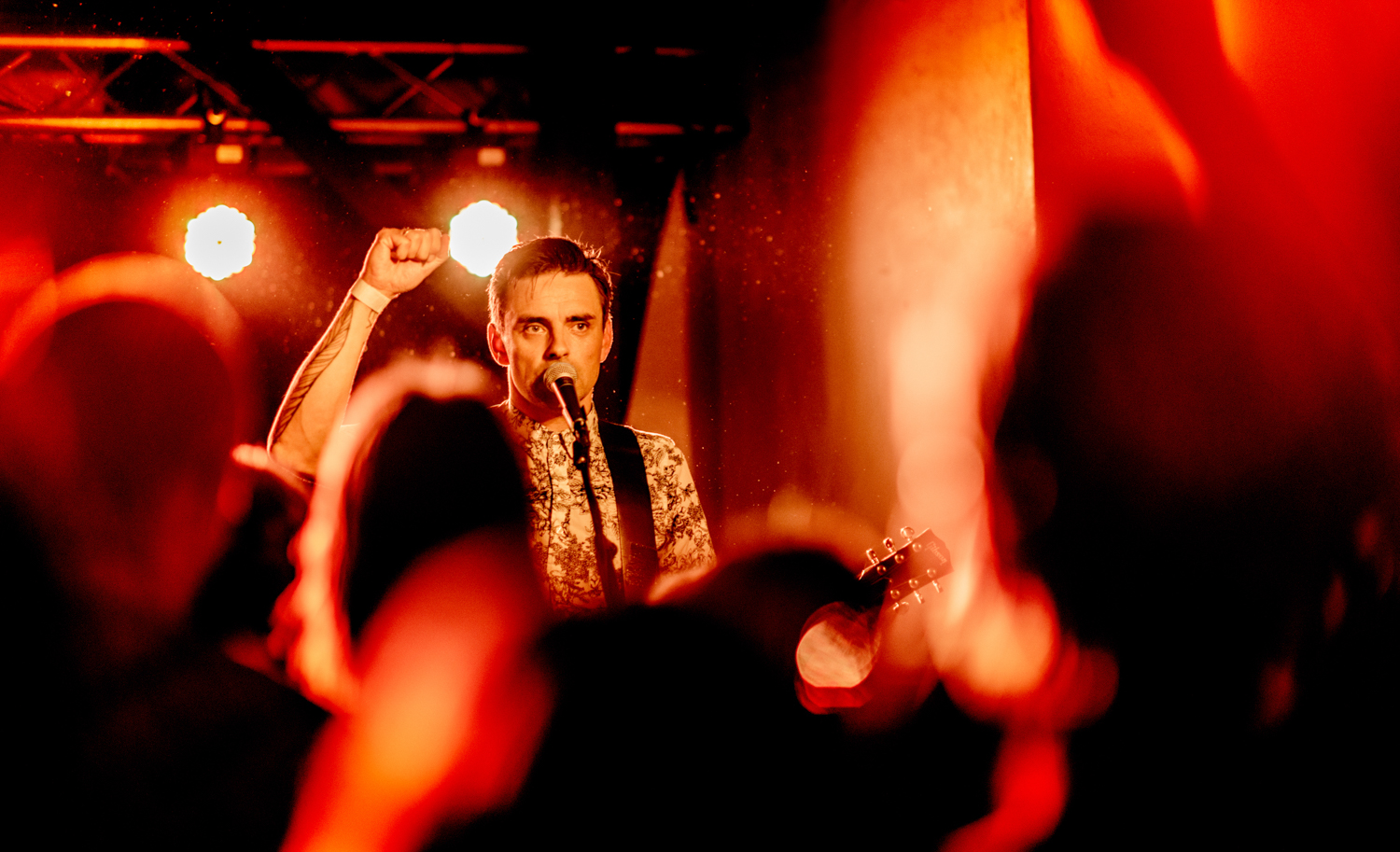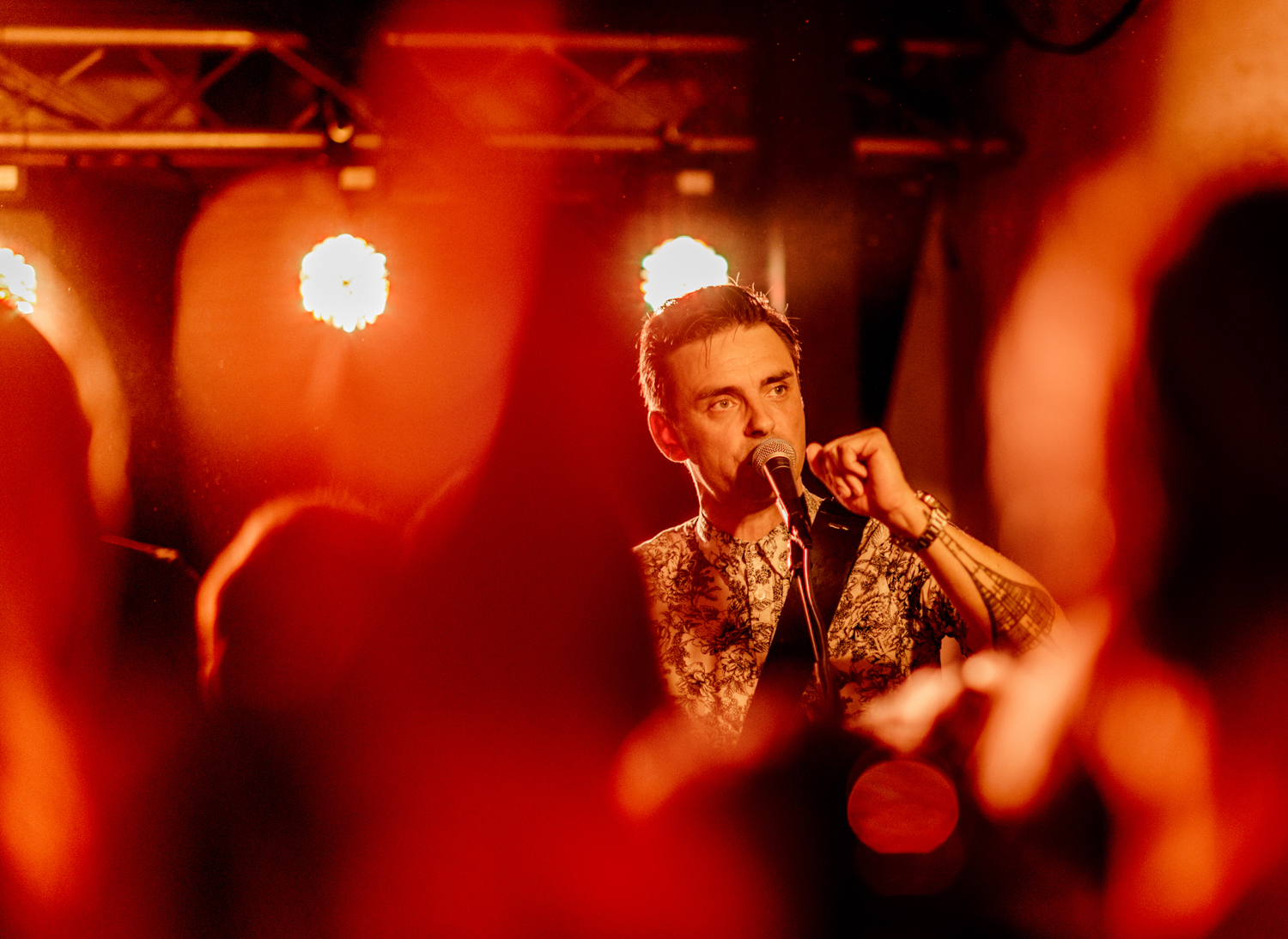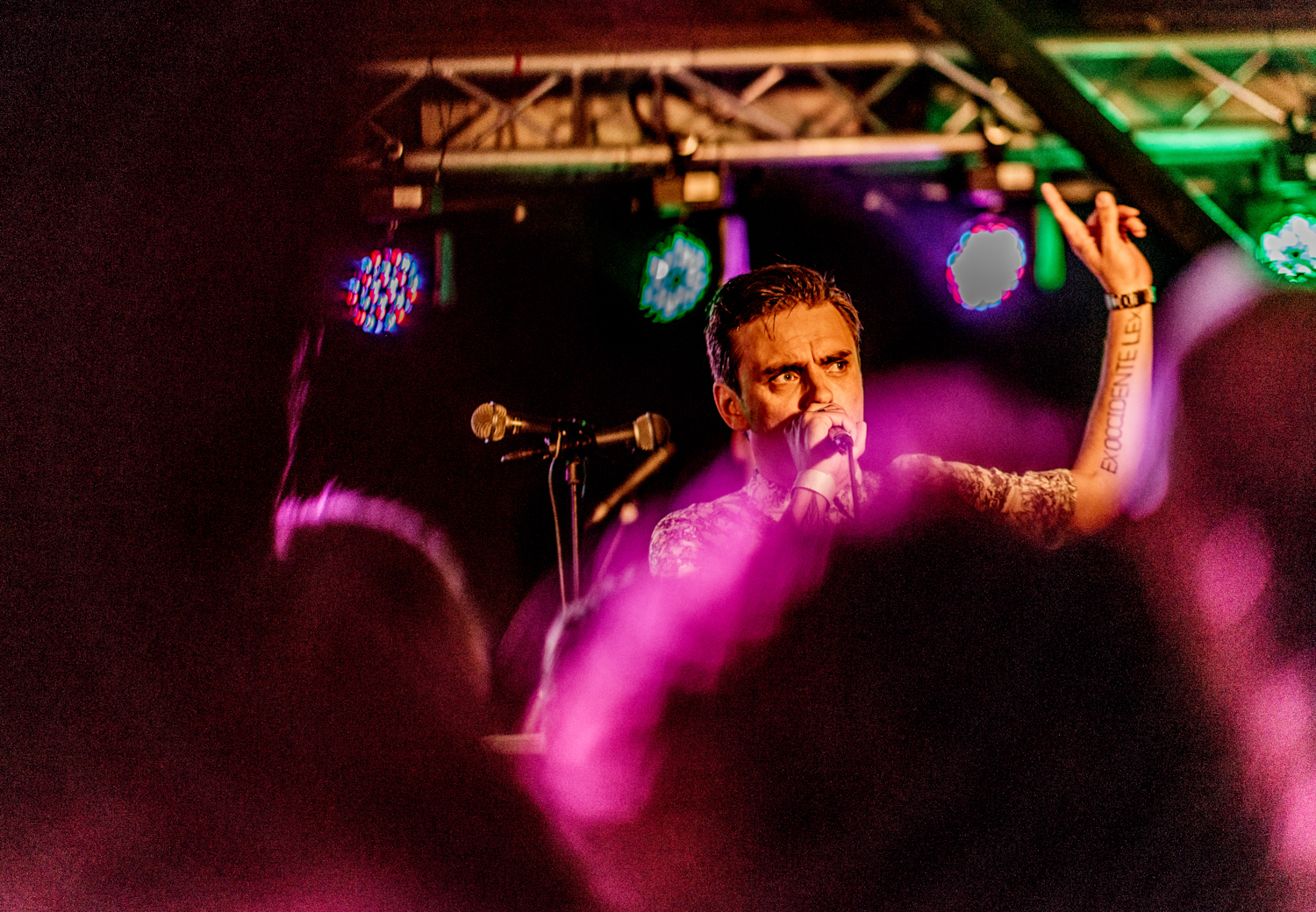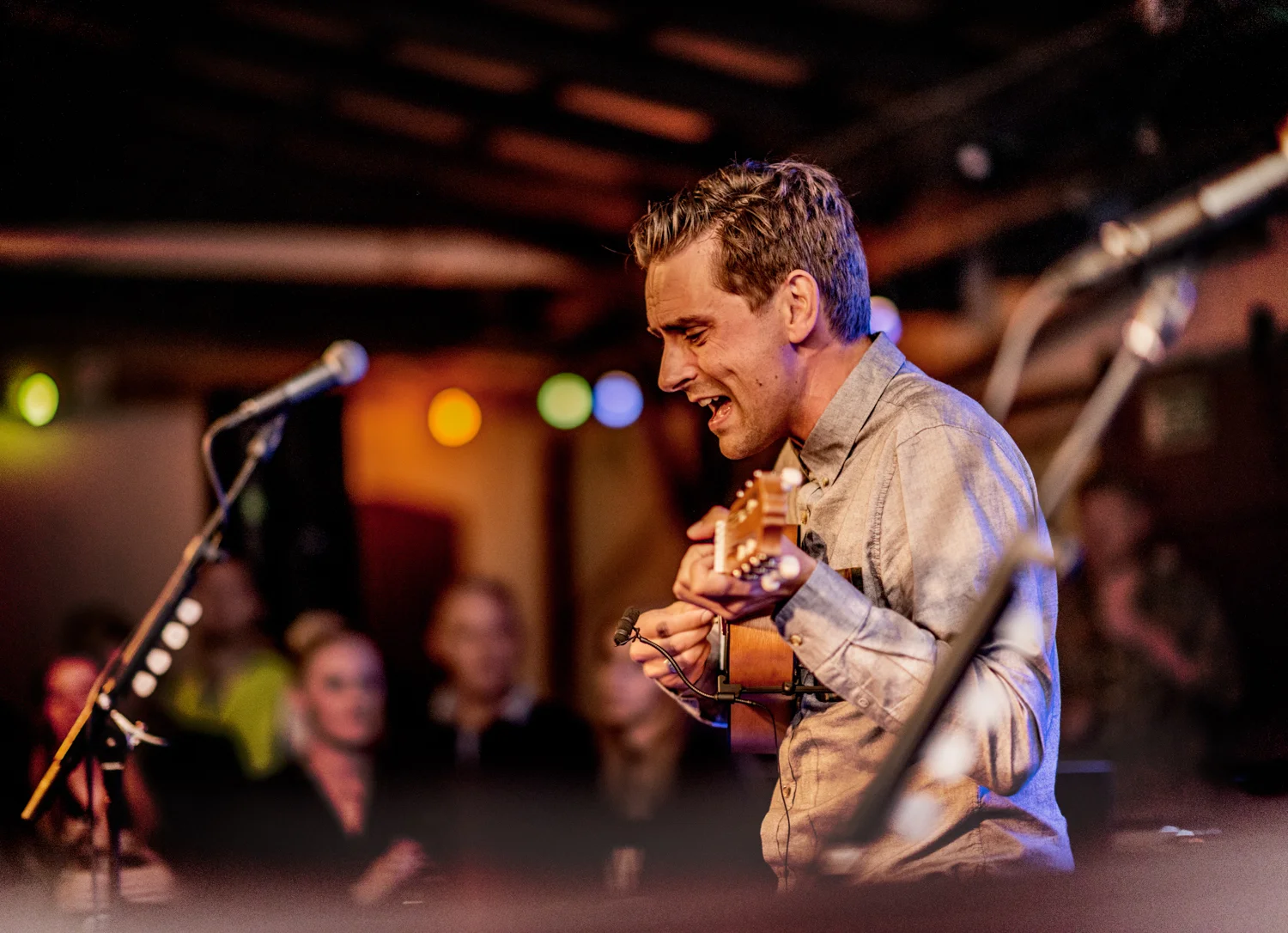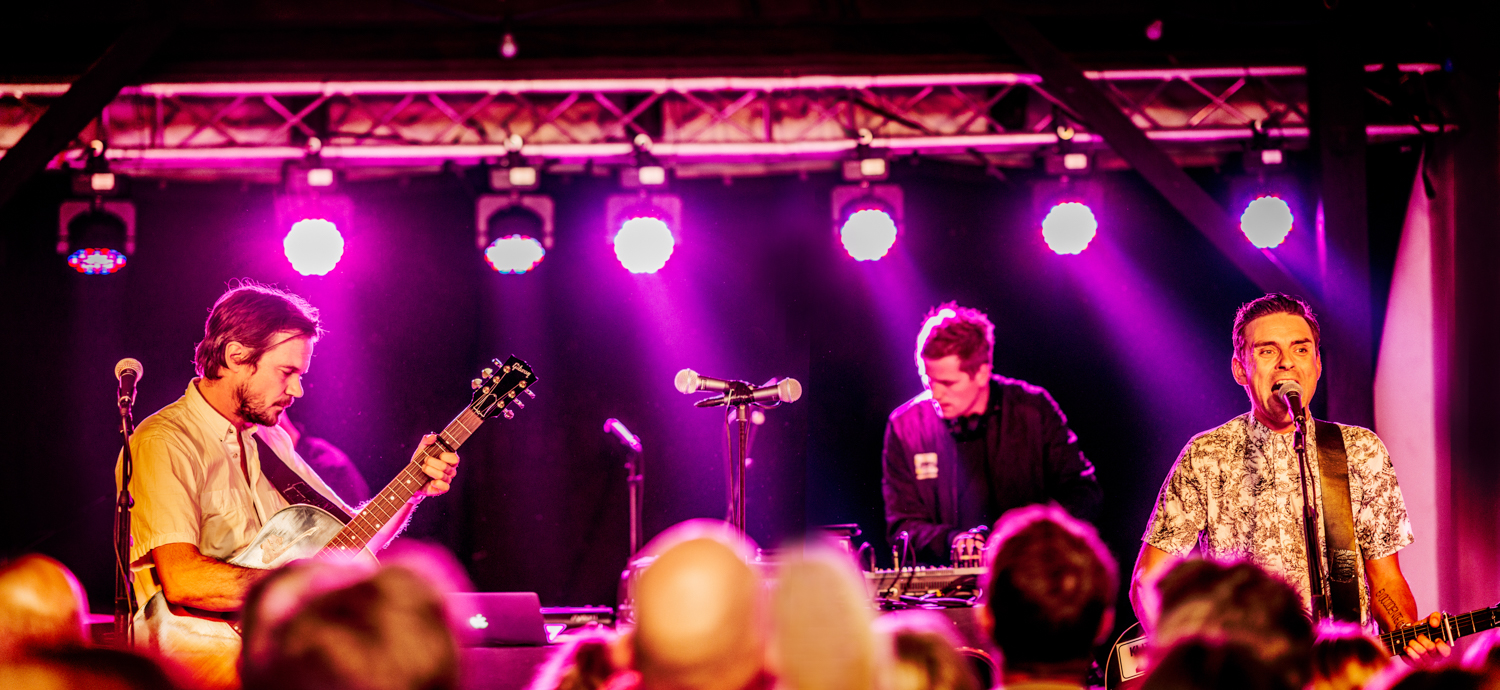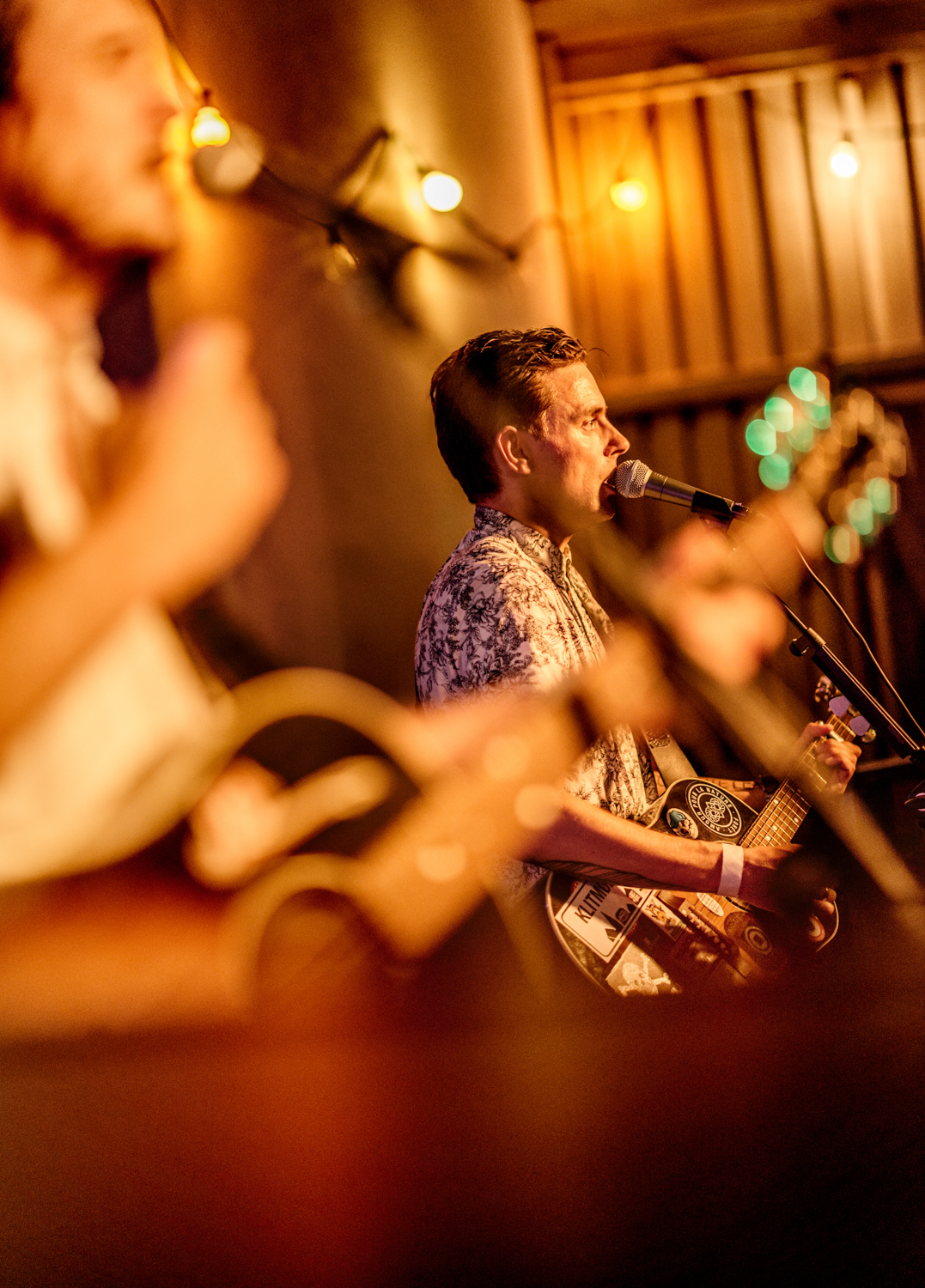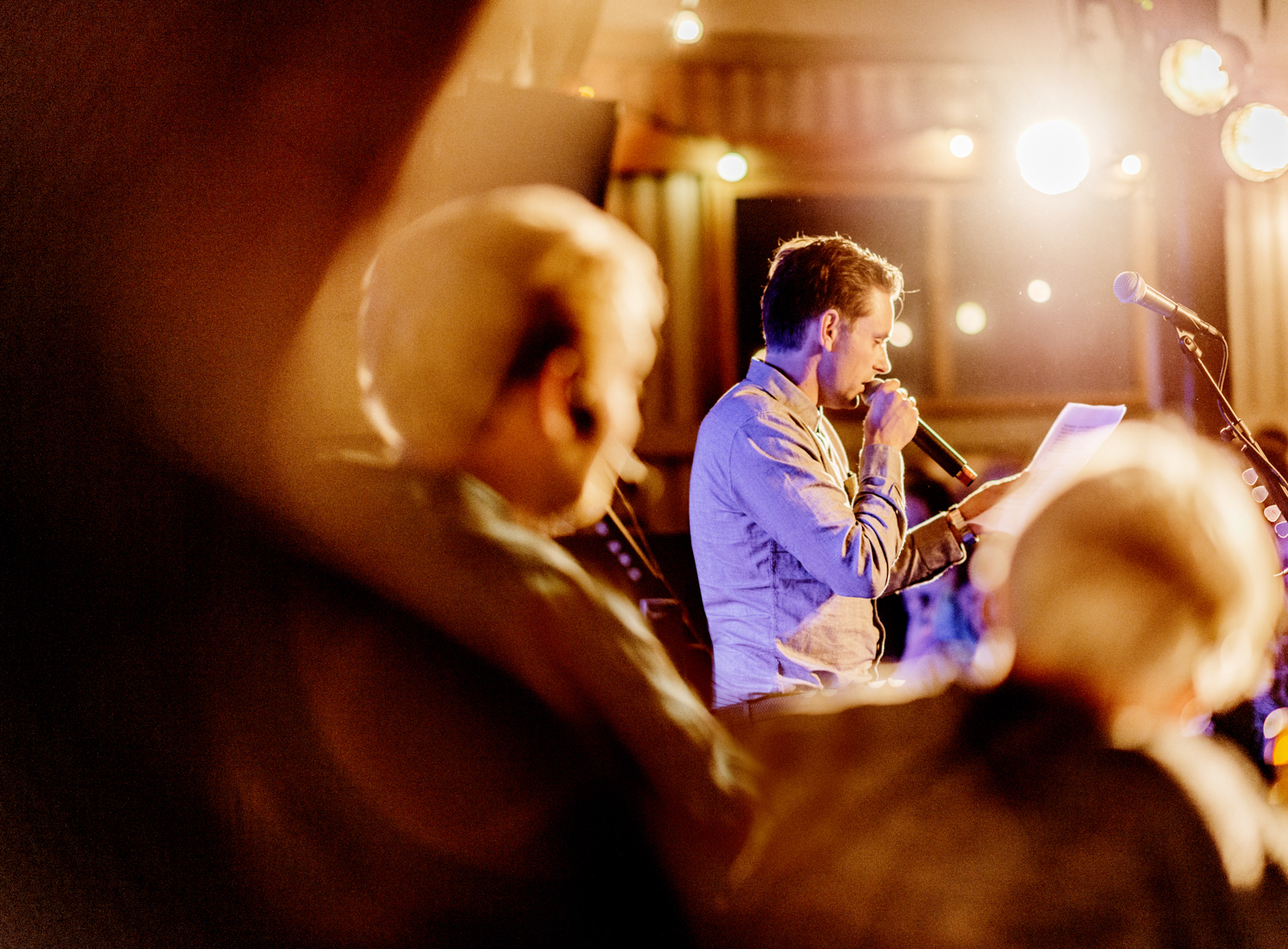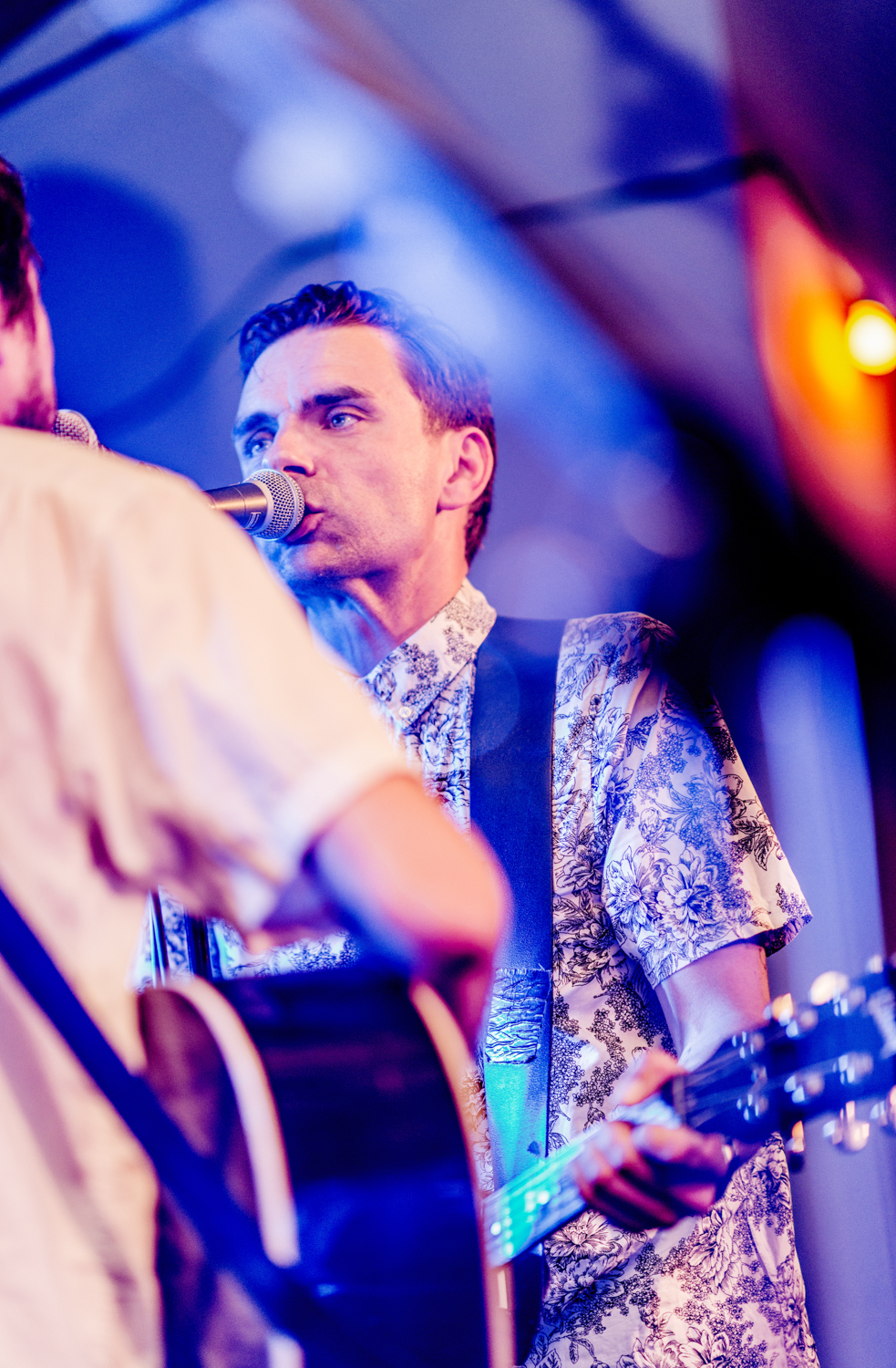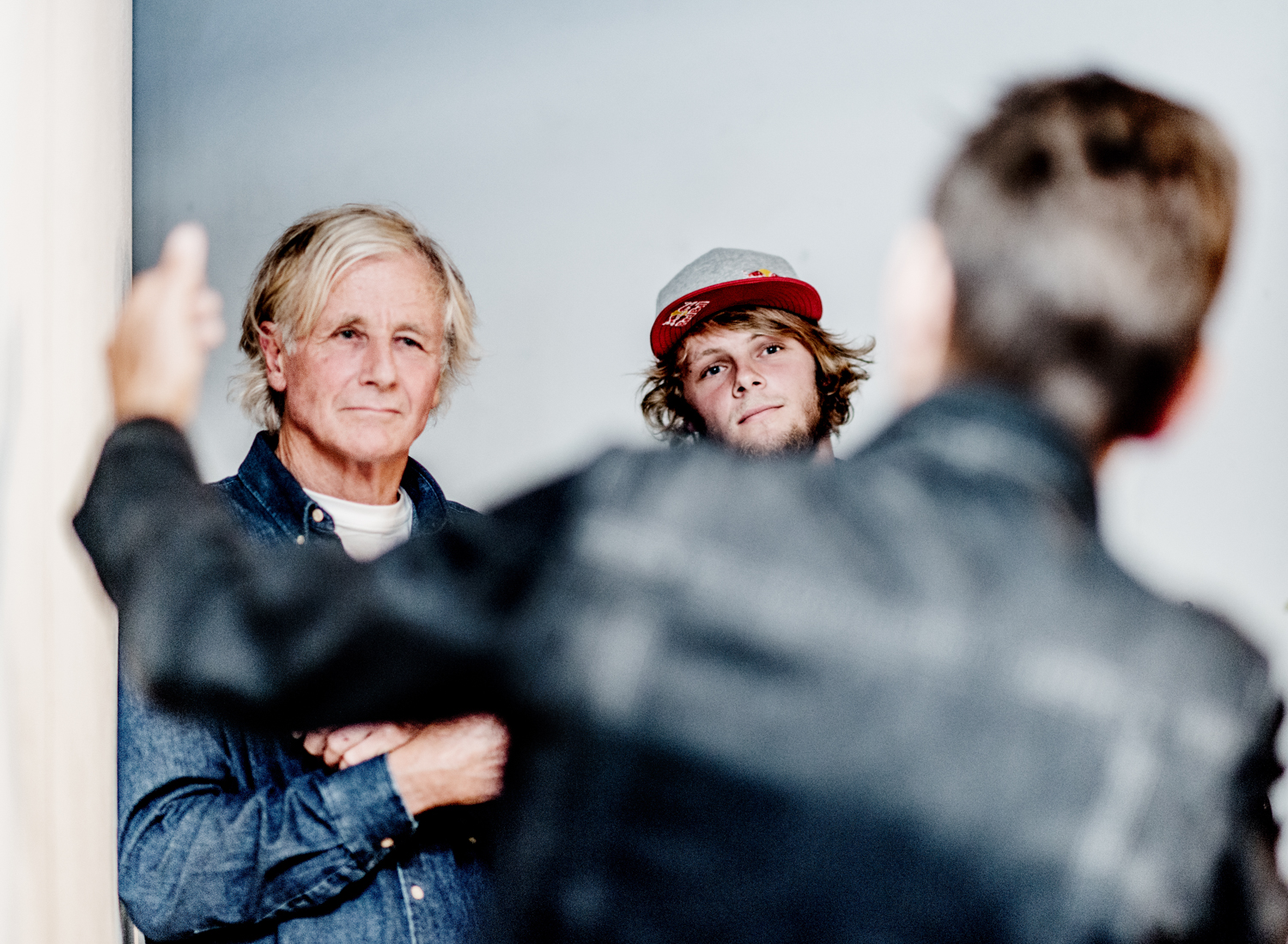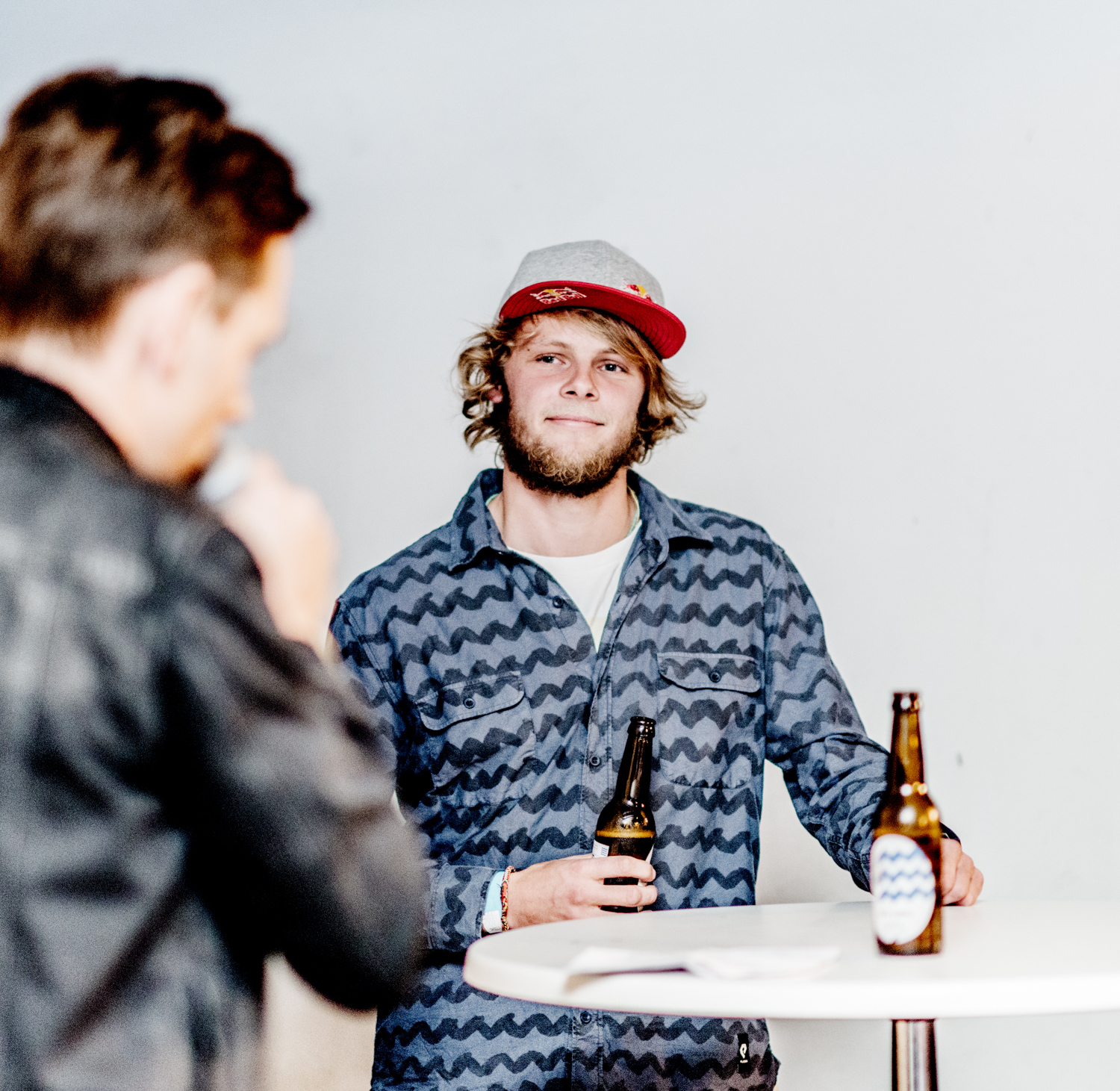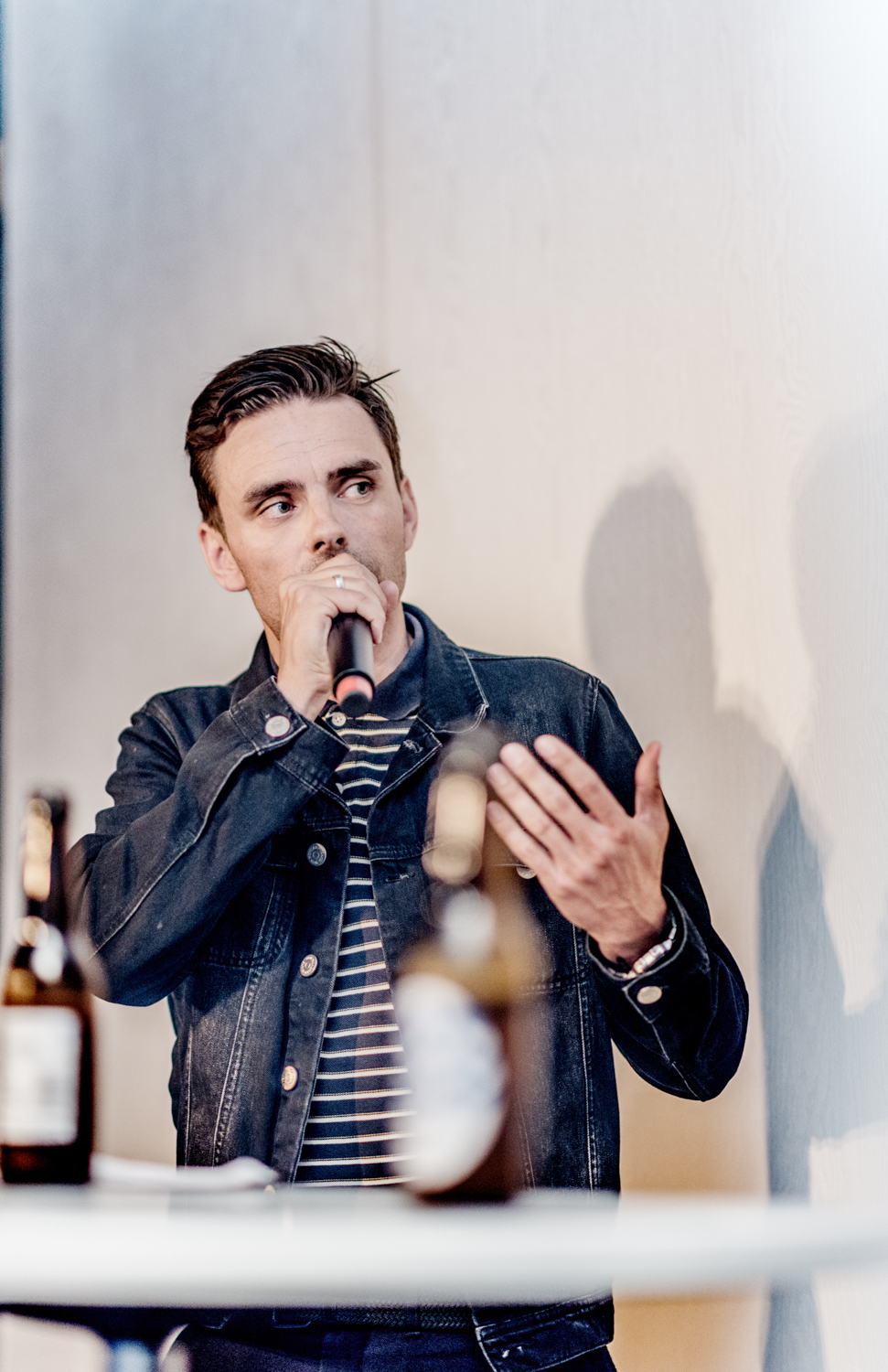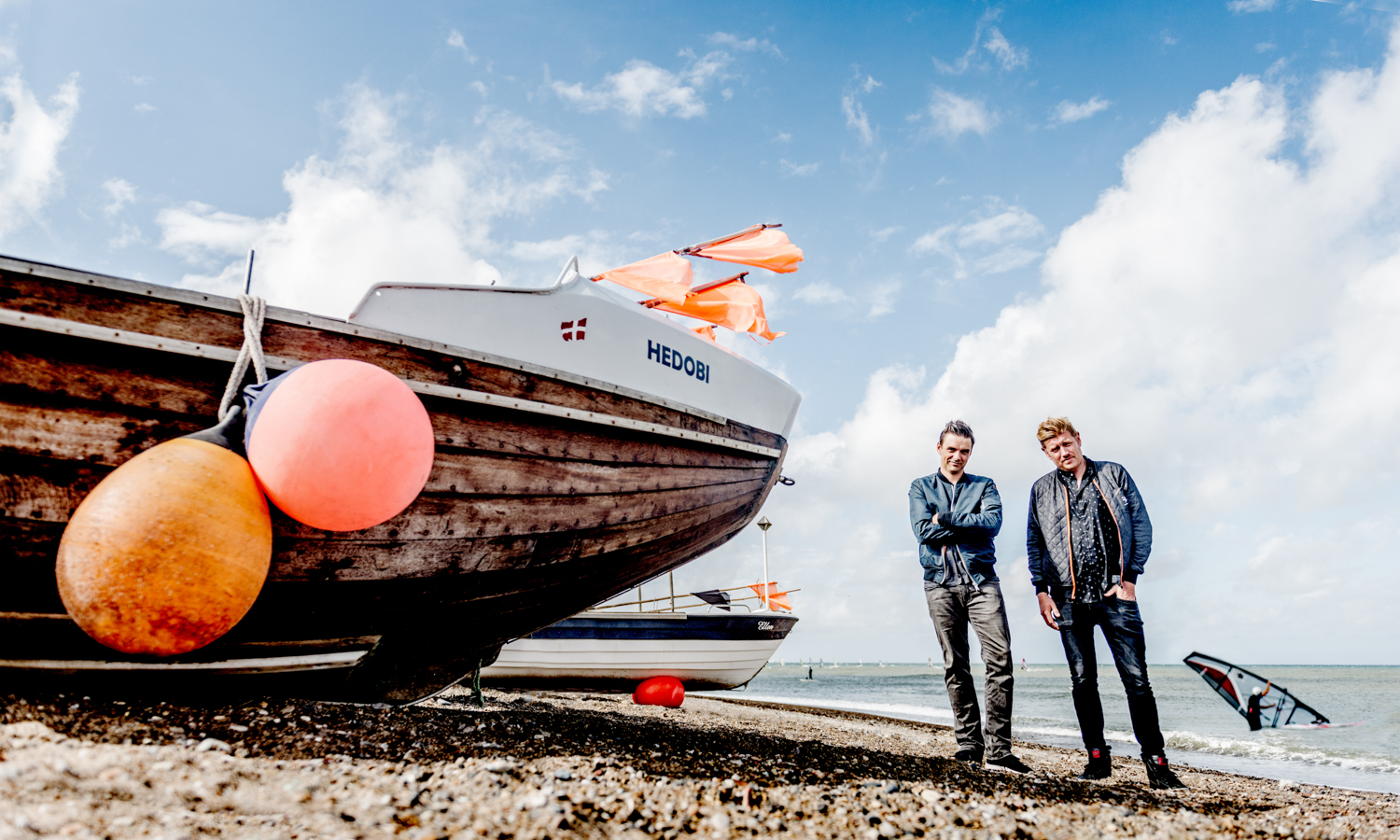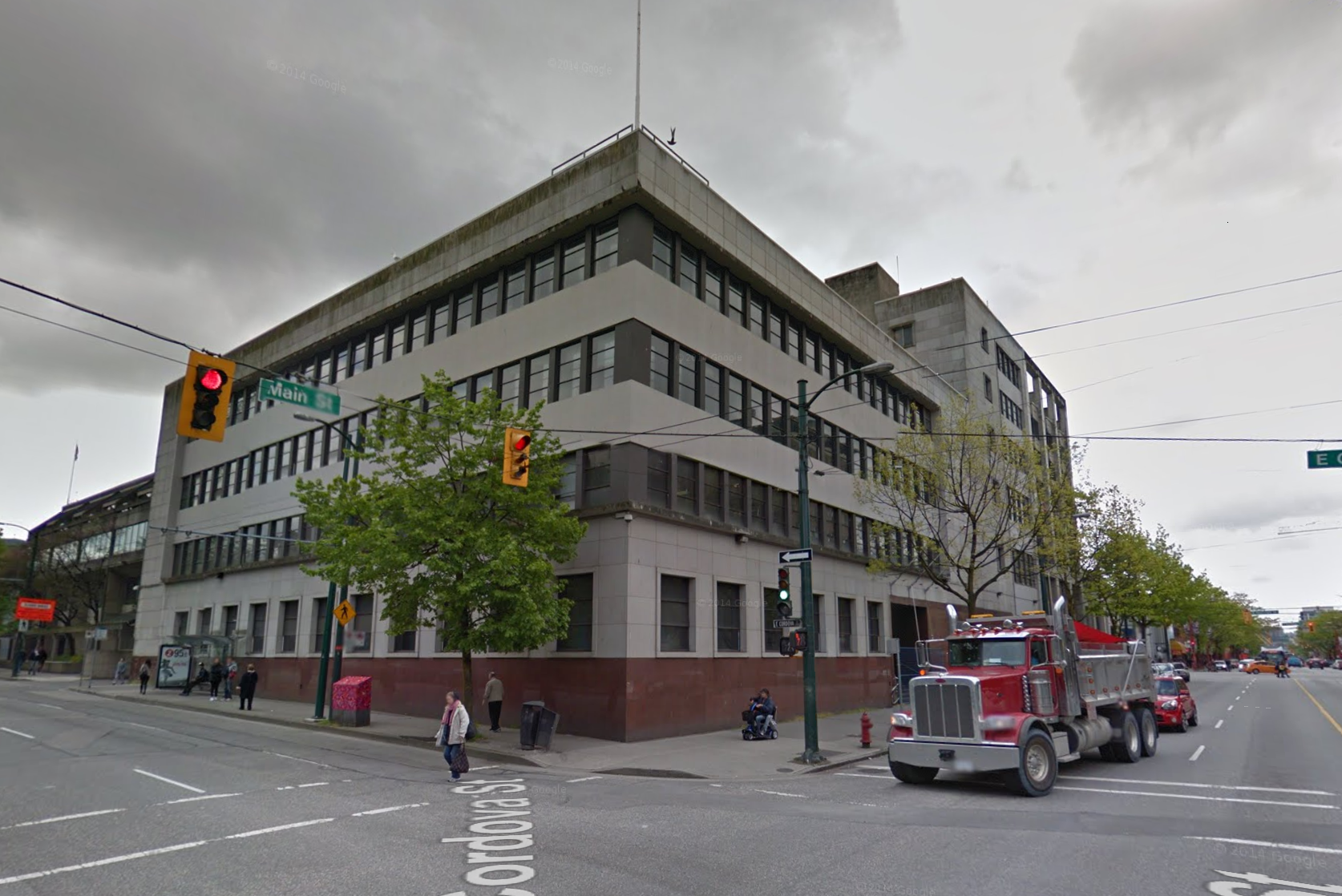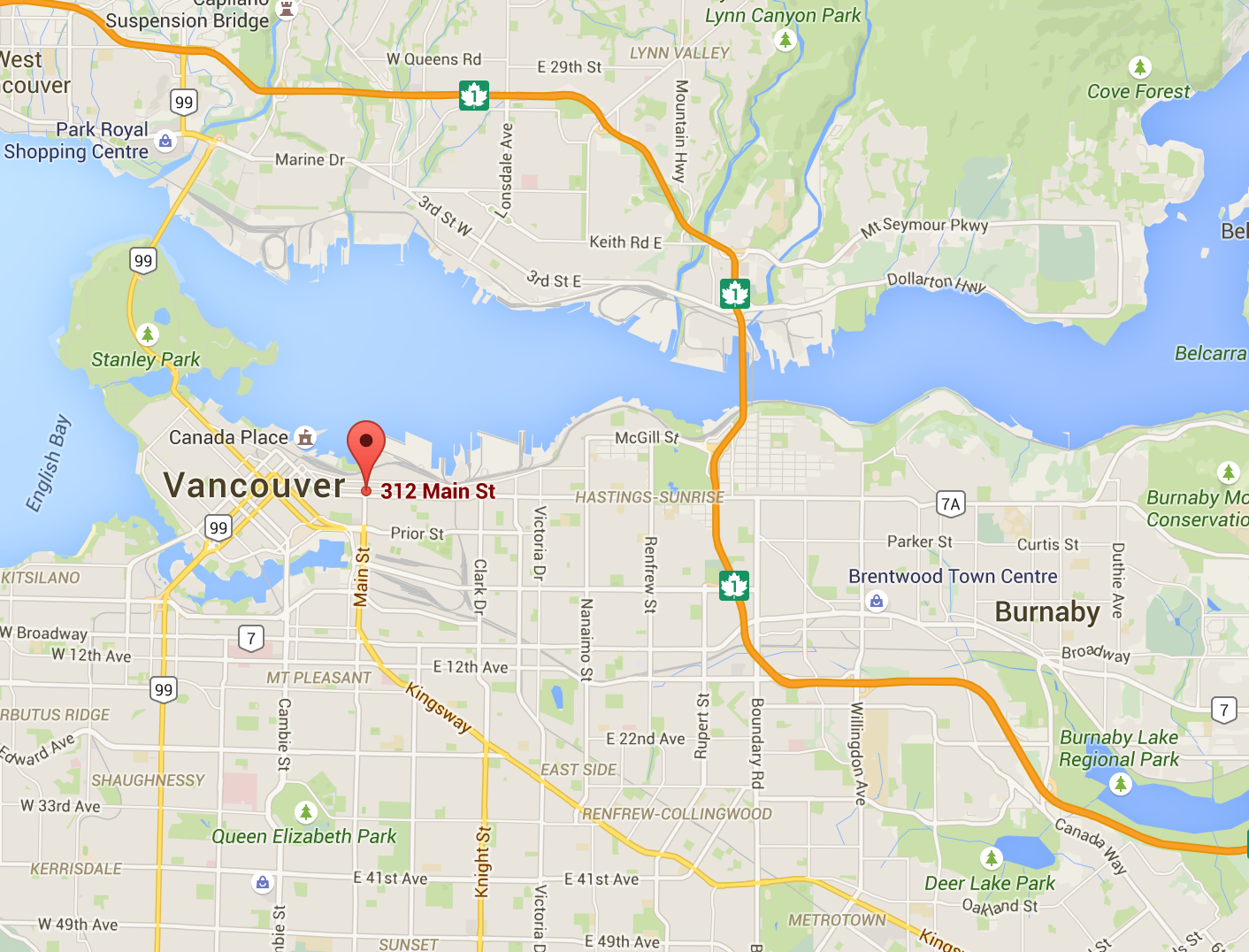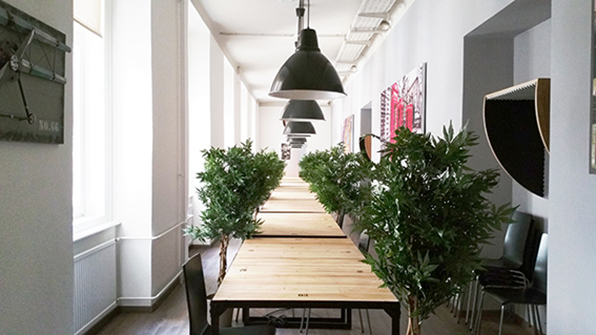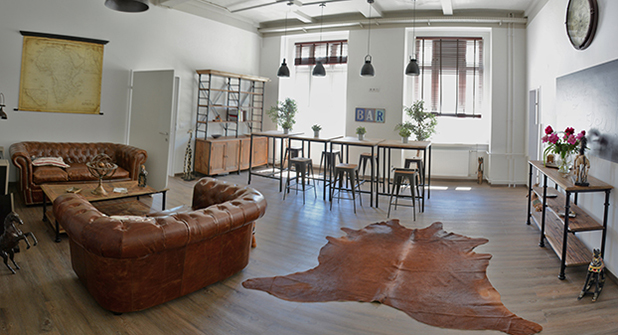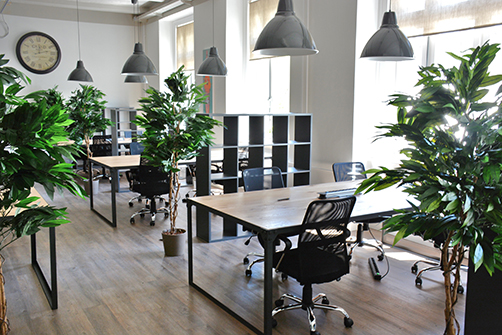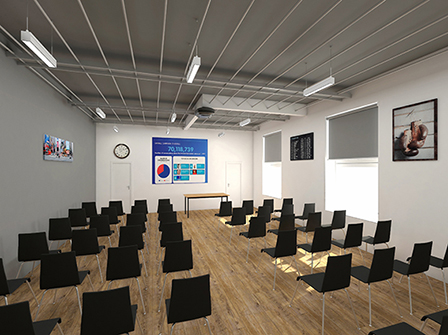I met Mike LaRosa at the Coworking Europe Conference 2015 in Milan. He was busy and had just ran the last half-mile so that he could reach the venue in time. Almost out of breath, he removed his shoulder bag, looked up, stuck out his hand, and said, "Hello, my name is Mike. Where are you from?" Later, I found out that he was one of the speakers at the conference. His topic was "sponsorships for coworking." It was an interesting talk, but what I also found interesting was the use of the word "coworkaholic," a term Mike used to refer to himself. I recently got the chance to ask him a few questions and dig a little deeper. Here are Mike's replies:
Q: What is your story, your background?
A: Kind of a crazy - I will try to keep it short. Was a college dropout while working at Starbucks. By the age of 21, I was the youngest Store Manager in the company and by 23 had managed a half a dozen stores, became a Coffee Master and then started working for them in a regional training capacity. 2008 was really tough on the company and I was in need of a change, so I answered a job posting for an Event Coordinator for the Washington Business Journal. Within 6 months in the role, I was selling more event sponsorships than the entire sales team combined. They groomed me into a custom role and brought me into corporate. That's where I started designing event concepts and sponsorships for all 42 markets in the US. By 2012 I had decided I was over the challenges of working in corporate environments and started by own consulting firm.
Q: How did coworking change your way of working?
A: Coworking saved my life. I launched a company with some great initial success but within a few months I was miserable working from home or coffee shops. I hated the isolation and struggled to stay productive, keep up on projects and my work totally suffered. At that time, I guess that I had known about a space in DC, but honestly I really thought that coworking was limited to "startups" and as a consultant/freelancer I just didn't think there was a place for me. Clearly that was a stupid thing to think, but rather than go check it out, I had been asking other small businesses I knew if I could rent some space from them, etc. They'd let me come in for a day or two at a time, but really none of them took me up on the offer. I had a client project that took me to Kansas City, MO and we were working out of a coworking space and I had this AHA moment that was like why am I not working from these spaces?!?! Then I discovered the conferences etc and I was hooked.
Q: In what way did coworking change your life in general?
A: I've started working on primarily only coworking projects. My experiences in producing events and working with corporate sponsors pairs very well with needs in the coworking industry. I've been able to produce some of the biggest conferences in the market and have brought some awesome sponsors/partners to spaces I work with. It's funny too that the experience I have from Starbucks trained me quite well for some of the skill sets needed in coworking. Both are very much a form of hospitality. Each Starbucks is a community. We have regulars that come in every day and we get to know them, their families. They share celebrations with us as well as sorrow. You also have to be great at customer service and be able to solve problems quickly.
Q: What is a 'coworkaholic'? Is it "just" a name, or is it something one can be?
A: Coworkaholic was just a term that someone used to describe me at a conference and the name just kind of stuck. I thought it was a pretty funny thing so that's what I used to name the blog that I'm working on now. I think that anyone can be a coworkaholic - it's a person who loves, eats, breathes, sleeps coworking. There are quite a number of us out there as evident from the large crowds gathered at events such as Coworking Europe Conference.
Q: Is there a downside to being a coworkaholic?
A: The only downside would be that it's still a form of workaholic? ha! I think that a coworkaholic is just someone who can't get enough of sharing and social workspaces. They are community builders and believers in the future of work. I meet people every day that are thriving in coworking spaces no matter where they are in the world. More and more of them are digital nomads - a group of people that have been around for quite some time but that now have the ability to plug into a network. I've had connections that I never would have thought possible. A former member from my space in DC is a part time member at a space in Thailand owned by a guy I was chatting with in Bali. It just proves that the world is really such a small place.
Q: What's the most important thing that being a coworkaholic has taught you so far?
A: I've learned about the power of community. The power of finding your "people", your tribe. Being an independent worker is totally a doable thing, but without having a space to call your own, it's a very lonely existence. It's so great to know that I'm in a space where there are others who share my interests, struggles and have that common bond.
Q: What's your advice to others who are on the verge of becoming coworkaholics?
A: I think that if you are using Coworkaholic as a definition of someone who is about to become a digital nomad and travel the world, it's that you mentally prepare yourself for the unexpected, have a willingness for adventure and also be ready to grow apart from some of the people that you hang out with on a daily basis. Planning is key - but then again you can't plan too much - you need to be able to pivot and adapt if things are to change. If you are using Coworkaholic as someone who is into the idea of coworking, believes in it's power for greater good and wants to open a space, then they need to do a ton of research to understand what goes into this business.
Thanks, Mike. I hope to see you again, somewhere out there.

